Many business owners and marketers fail because they don’t know how to grow enough leads or potential clients.
It’s because they’re not following the online sales funnel:
They’re failing to move web visitors from the awareness stage into the consideration stage.
They think that, by just telling someone to buy from them, they’ll make a sale.
But they’re wrong.
Here’s the dirty truth about human psychology: People aren’t going to buy from you unless you offer something beneficial.
You must attract leads with valuable and informative content.
Then move them down the funnel by directing them to your email form.
When they become email subscribers, you’ll have a better opportunity to introduce yourself and explain how you can help them.
But how can they become leads with they don’t know how to sign up?
It’s by removing barriers and offering the best content you can offer.
Here are the nine ways you can generate qualified leads with content marketing.
1. Offer lead magnets with Facebook Ads
Facebook’s advanced technology has made targeting qualified leads much easier.
They use their ocean of data to discover and predict the buying habits of their users.
They know your preferences, hobbies, and personal information.
But most importantly, they know the preferences of your target leads.
Take advantage of Facebook Insights by running ad campaigns.
But be mindful when using Facebook Ads. Most marketers fail because they use them incorrectly.
Unlike AdWords, Facebook Ads target people who are looking for your business or content.
Facebook practices passive advertising. They try to make ads look as natural as possible so they don’t interrupt users.
The more overt you are, the less likely people will convert.
To win at Facebook advertising, you need to make selling soft and easy.
You want your leads to take the easiest step possible: Sign up for your email list.
This way, you can build strong relationships outside of the platform.
But people aren’t going to sign up just because you have an email newsletter.
Incentivize leads to click by offering a lead magnet.
A lead magnet is a valuable piece(s) of content related to your target audience.
Here’s a list of potential lead magnets:
Whatever content you chose, it must be valuable enough for them to give you their information.
How Brennan Dunn uses Facebook Ads
Brennan Dunn of Double Your Freelancing uses an email course to convert aspiring freelancers. Here’s his ad:
When you click on the ad, you’re directed to a landing page that further describes the email course.
When you click on the blue button, a popup asks for your name and email address.
Brennan is winning at Facebook marketing because he knows that people aren’t going to buy from your first attempt.
After the setup of your lead magnet or landing page, write a welcome email thanking leads for signing up.
2. Insert content upgrades
Convert more leads by adding content upgrades to your blog posts or transcript pages.
A content upgrade is a less-intense lead magnet that’s proven to double email opt-in rates.
They’re easier to create and share.
A visitor who’s consuming your content will be nicely interrupted by a box (usually yellow) offering more valuable information.
When they click the link, they get a pop-up asking for their email address.
Sarah Morgan of XO Sarah listed 18 content upgrade ideas:
Sleeknote added some more:
To get the most leads, your upgrades should be relevant to the content you’re discussing.
And they have to be obvious. Embed your lead boxes repeatedly into your content page.
If you don’t want to write blog posts, share a content upgrade in your show notes. Like Mariah Coz and Megan Minns’s podcast:
Here’s the content upgrade in the show notes:
How Wishpond 16x their email conversions
Wishpond needed to increase more leads.
Usually, they would promote e-books at the end of every blog post.
But it wasn’t that effective. It only converted visitors at .62%.
So they had to try something else.
They pivoted and started adding content upgrades to a more popular blog post.
They collected data and realized that this strategy converted 575% better!
Here’s a content upgrade they used:
And the pop-up:
They tried the experiment again and got similar results.
Here’s the analytics for a typical blog post with no content upgrades. The conversion rate is 0.28%.
The content upgrade in “The Complete Guide to the Psychology of Conversion Optimization” is converting at 3.05%
The content upgrade in “17 Knockout Growth Hacks to Nurture Leads into Customers” is converting at 6.19%.
Wishpond averaged the conversion rates of these two articles and recorded a 1,650% conversion increase from their usual blogging strategy!
Crazy right?
But it works. I use it on my blog all the time. Here’s an example:
3. Guest blogging
Another way to get qualified leads is to guest write for blogs that are popular in their niche or industry.
Guest blogging is effective because you’re collaborating with sites that have succeeded in capturing your target audience’s attention.
It’s attention that you need.
But before you start pitching, you must do this first:
- Research popular blogs (or podcasts) in your target leads’ niche.
- Brainstorm evergreen ideas that will benefit your audience.
- Create a lead magnet connected to your email marketing service.
The last task is super important!
Lead magnets are how you’ll directly get leads.
To build a great lead magnet, it has to be “highly relevant to the content of your guest post and the overall theme of your target blog.”
I highly recommend that you share a link to the lead magnet’s landing page in your guest writer’s bio. Don’t share your website!
That’s what Michael Ofei did when guest blogging for Bidsketch:
Or share links in your introduction:
Ask the blog’s editor if you can insert content upgrades into your article like this:
So when a reader clicks on the link to the lead magnet, they get directed to a landing page where they can offer their email address.
How Brad Hussy did everything right
Freelancing expert Brad Hussy grew his email list when he guest blogged for Convert Kit.
In his article, he explained how he used the software to sell his online course.
He wrote an epic blog post with screenshots of email analytics, insights from his automation sequences, and proof that his campaigns converted into sales.
At the end of the article, he provided a link to his email course.
Click on the link, and you’ll get directed to his landing page:
Click on the “Lesson #1” button. This lead-capture popup will appear:
4. Webinar collaborations
A strategy that’s even more effective than guest blogging is hosting a webinar.
A webinar is a live video session where you present content or teach viewers something new.
You can host a webinar yourself and offer it as a lead magnet. Or you can promote it to existing email subscribers.
But it’s more effective to partner with an Influencer or brand as a joint webinar.
You’ll be exposed a new list of qualified leads. Here’s an email Mariah Coz sent to her email list to promote her collaboration with Jen Carrington.
Mariah explains everything you need to know about these partnerships.
Webinars are harder to setup than a blog post. But they leave a better lasting impression.
You’ll build a more personal connection with your audience by expressing your voice, personality, and mannerisms.
Most webinars have a Q&A section or a chat room where you can engage with your attendees.
To promote your webinar, create a blog post about it and promote it to your current list. Ask your partner do the same.
How I generated $1,638,000 with webinars
Personally, I love webinars. I use them all the time.
Two years ago at Kissmetrics, we partnered with leading marketers to publish 77 webinars.
It was a lot of work, but it was worth it!
The webinar promotion produced 518,399 online visitors. We told visitors they needed to sign up with their email address to attend and be reminded of the event.
Here’s the landing page that we used:
155,386 of them registered to attend.
We sent emails notifying them when we were ready.
Only 74,4381 of those who registered ended up attending.
But at the end of every webinar, we pitched our product and sent those who didn’t attend a replay.
That converted 16,394 people into hot leads.
If 1 out of 20 of those leads become paying customers, that’s at least a few thousand dollars each in sales.
I estimated that we generated $1,638,000 in revenue.
5. Quizzes and surveys
An underrated way of getting qualified leads is utilizing quizzes and surveys.
They’re a fun and informative way of learning more about your leads.
With passive questioning, you’ll discover the problems and issues concerning your prospects.
You’ll have insights about what stage of the customer journey that they’re in. And people like quizzes because they get to know more about themselves.
Personally, I’m a big fan of quizzes.
During my $100,000 challenge, I used quizzes to increase my lead captures by 500%.
How a weight-loss specialist got 40,000 leads in 5 months
Dr. Kellyann Petrucci was about to launch her new book, Bone Broth Diet. But her goal was for it to open on NY Times bestseller list.
To build buzz around her upcoming book, she created a quiz to help grow her email list.
She used Facebook Ads to promote the Gluten Intolerance Quiz.

When a participant finished the quiz, they needed to enter their name and email address to receive the results.
This cheap tactic generated 40,145 leads in 5 months. That means it cost her only $0.38 per lead.
6. Long-tail SEO
Unlike users on Facebook, people who search on Google are intently seeking for your content.
But to convert qualified leads, you must be very selective with your keyword choice.
The more specific it is, the better.
You need to rank highly for long-tail keywords that your target leads are searching for.
And you need to satisfy their search with relevant and thoughtful content.
Because when a visitor realizes that you have what they’re looking for, they become more likely to join your email list.
How a UAV coach grew leads with long-tail SEO
In a guest post, Michael Karp explained how he exploded his client’s organic traffic in half a year
His client wanted to attract more clients to his UAV website.
So Michael used long-tail SEO to captivate prospects who were looking for related information.
He wanted his client to rank #1 for the keyword “how to fly a quadcopter” and other related terms.
He wrote a 4,400-word blog post titled “How to Fly a Quadcopter — The Ultimate Guide”. Below is the 2014 article.
One of the many winning strategies that he used was on-page SEO. He used the WordPress Yoast SEO plugin to make the blog post as Google-friendly as possible.
He used the keyword “how to fly a quadcopter” in the title, meta description, heading tags, and image alt text.
After he was finished optimizing the blog post and its media, he focused on creating a lead magnet.
Because 98% of visitors will leave your site without converting.
He explains that “building an email list is critical if you want to be able to continually re-engage your audience, build a relationship and convert them into paying customers.”
He didn’t want his good traffic to go to waste.
Here’s the PDF article he used as a lead-magnet:
He added a popup form and a lead box (for content upgrades) to capture emails.
Here’s the pop-up that converted at 5.12%.
Here’s the lead box he used to promote his content upgrade.
It converted 20-50% of the people clicking on the button.
But Michael wasn’t finished yet. He had to convert these leads into email subscribers.
When someone opts into the forms, they get directed to this confirmation page telling them how they can get the lead magnet:
But since Michael’s guest post, his popular article has been updated and expanded to a multi-part guide.
7. Upgrade your landing pages
Maybe you’re not converting enough qualified leads because your landing pages are too poorly designed.
Your web copy is too self-centric instead of customer-centric.
Or your lead magnet is outdated and your landing page doesn’t work anymore.
These are common mistakes. So don’t feel bad.
But you do need to fix them.
Update your copy by explaining how your product or service can help your leads.
Use customer-centric language by researching the terms your target audiences use in online forums, YouTube videos, and book reviews.
Attract leads by testing different landing-page design elements.
That’s how Unbounce helped a client increase conversions by 1250%.
VividBoard Gets a Makeover
VividBoard asked Karon of UnBounce how they could improve their lead conversions. Their major landing page was only converting at 2%.
Here’s the original page:
Karon looked over it and saw these mistakes:
- Too many CTAs
- Complex design and bad copy
- Form asked for too much information
The land page’s copy was focusing too much on who VividBoard was instead of how their book could help leads.
Karon explained that all the leads, “wanted was the free whiteboard e-book that was promised.”
After a few revisions, the new landing page looked like this:
The results? A 2% conversion rate became 27% (a 1,250% lift)!
8. Publish high-quality content on LinkedIn
According to Oktopost, LinkedIn is the #1 social media network for your B2B lead generation with 80% conversions.
To grow your business’s brand on LinkedIn, you need to develop and publish high-quality content that your audience or connections desire.
There are benefits to publishing on LinkedIn.
Articles there can be ranked high in SEO. Just like your website’s blog.
Just make sure every article you publish on LinkedIn is the best content you can deliver.
With LinkedIn, you have an opportunity to build authority among your fellow peers. That’s something that other networks can’t do as well.
To get the most views on your articles, write titles between 40 to 49 characters or you will be cut off below the post’s teaser. And share a high-quality image a cover.
How Rachel got 200+ email subscribers on LinkedIn
In 2014, Rachel published an article called “How to Plan Your 2015 Content Calendar.”
It was featured on LinkedIn and took off from there.
It received over 3,900 views, 119 likes, and 22 comments.
Having her post featured on LinkedIn Pulse exposed her to an audience beyond her 1,000-member network.
To drive opt-ins, she created a custom offer to attach to the post.
It was a 2015 downloadable editorial calendar template.
This offer was ideal because it was relevant to the blog post, and readers were interested to learn more.
She used LeadBoxes to create a link and popup to the content upgrade.
She repeated the content upgrade in her “3 Ways to Apply This Information Now”:
The Leadbox had a 60% conversion rate and generated 200+ email subscribers for Rachel.
9. Use the power of annotations to get leads on YouTube
Not a lot of marketers know this, but there are a few awesome ways you can generate leads from Youtube.
Rikke Thomsen did the hard work and explained how you can link to pages outside of Youtube.
Add YouTube Cards
They’re mini thumbnails that link to more content on your channel or outside of the site.
When you add a card to a particular part of your video, a teaser will appear for a few seconds. It’s the white circle with an “i” in it. Sometimes the card appears automatically.
Digital Marketer used these to promote their lead magnets:
When you click on the links, you’re directed to these landing pages:
Use end screens
End screens are bigger thumbnails that promote your other videos.
You can also use them to add descriptions of your other social media accounts. But unlike YouTube cards, they’re not clickable.
Links in the description
A simpler but not as visual option is providing links to landing pages in the description.
Make links more clickable by using Bitly to shorten them.
Kimberly Ann Jimenez uses links in descriptions to promote her freebie.
Click on the link and you’ll be directed to this page:
.
Verbal call to actions
All the of the methods I just showed you aren’t normally used. So your viewers will need help finding links.
Help your viewers by telling them where they can sign up to your landing page.
Shameless Maya tells her audience how they can see related videos by pointing at them on end screens.
Do the same by pointing down at the description or to the side with Youtube cards.
Wait! There’s one more tip…
How Digital Marketer generated 140,000 free leads
Digital Marketer helped YouTube channel ILoveBasketballTV grow over a hundred thousand leads just by using proper keywords and annotates.
First, they planned their video to rank high for specific keywords, like “how to shoot a basketball.”
Next, they put the keyword in the video’s headline, description, and keyword tags.
So whenever someone searches for that keyword, they’ll rank pretty high.
Next, they published a high-quality video about shooting a basketball. They added a big red annotation on the video to promote a free basketball workout:
Annotations are text overlays in videos that add a message or links to a new page. When you click on the annotation, you’re directed to this landing page:
When it was published, the video had almost 800,000 views with 140,000 leads generated.
Currently, it has 3,706,011 views! So the leads are much higher now.
Conclusion
So there you have it! Nine ways to generate qualified leads with content marketing.
Got a brain overload? I hope not.
I also hope you appreciate these case studies and understand that there are so many ways you can attract and convert leads.
Don’t like writing blog posts? Then publish a YouTube video with links to your lead magnet.
Want to grow leads with a podcast? Turn a transcript into a content upgrade. Promote it in the show notes.
Whatever you choose, make your offer or lead magnet worth sharing.
How does your business generate leads with content marketing? What content type do you use?

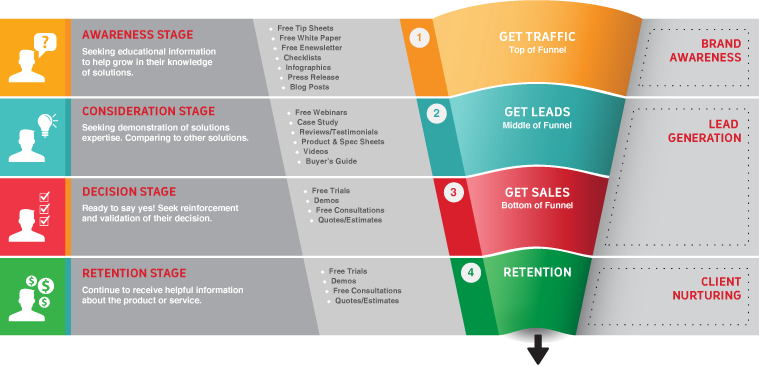
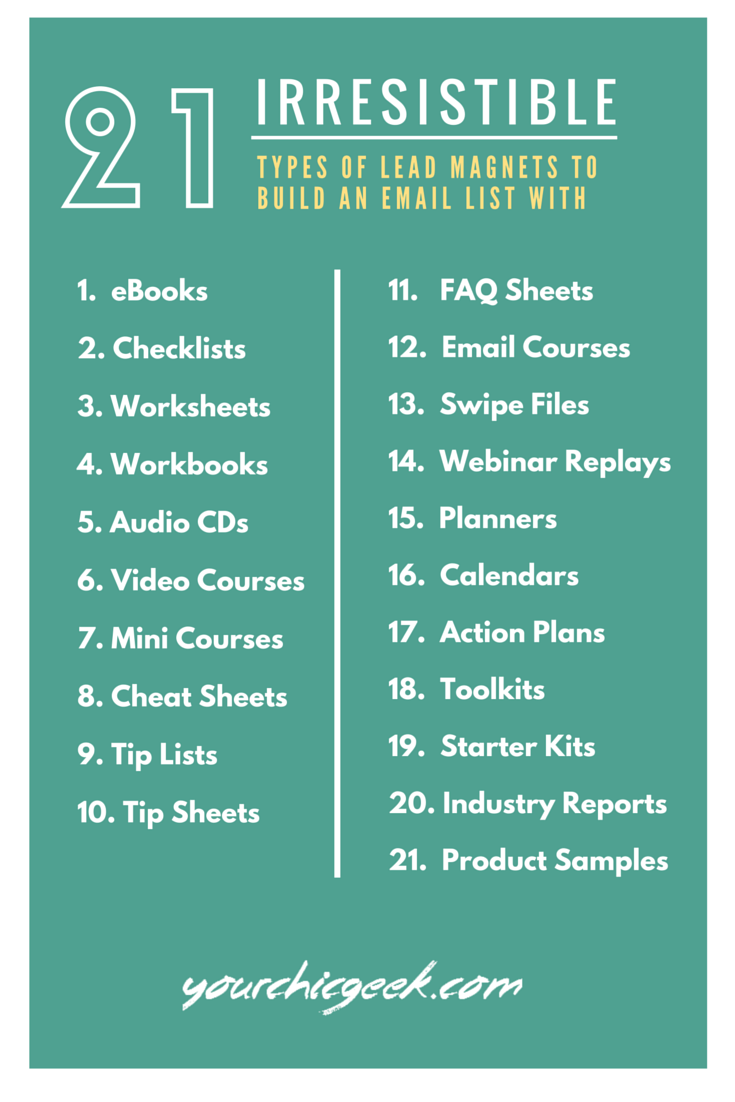
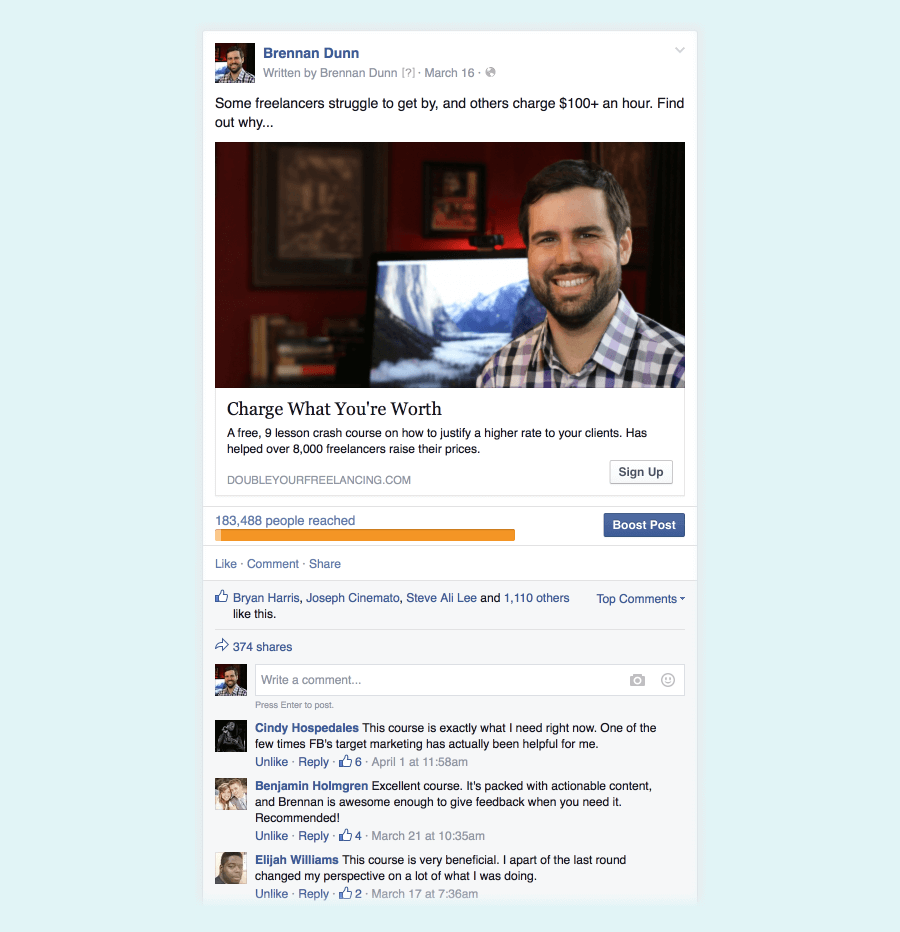
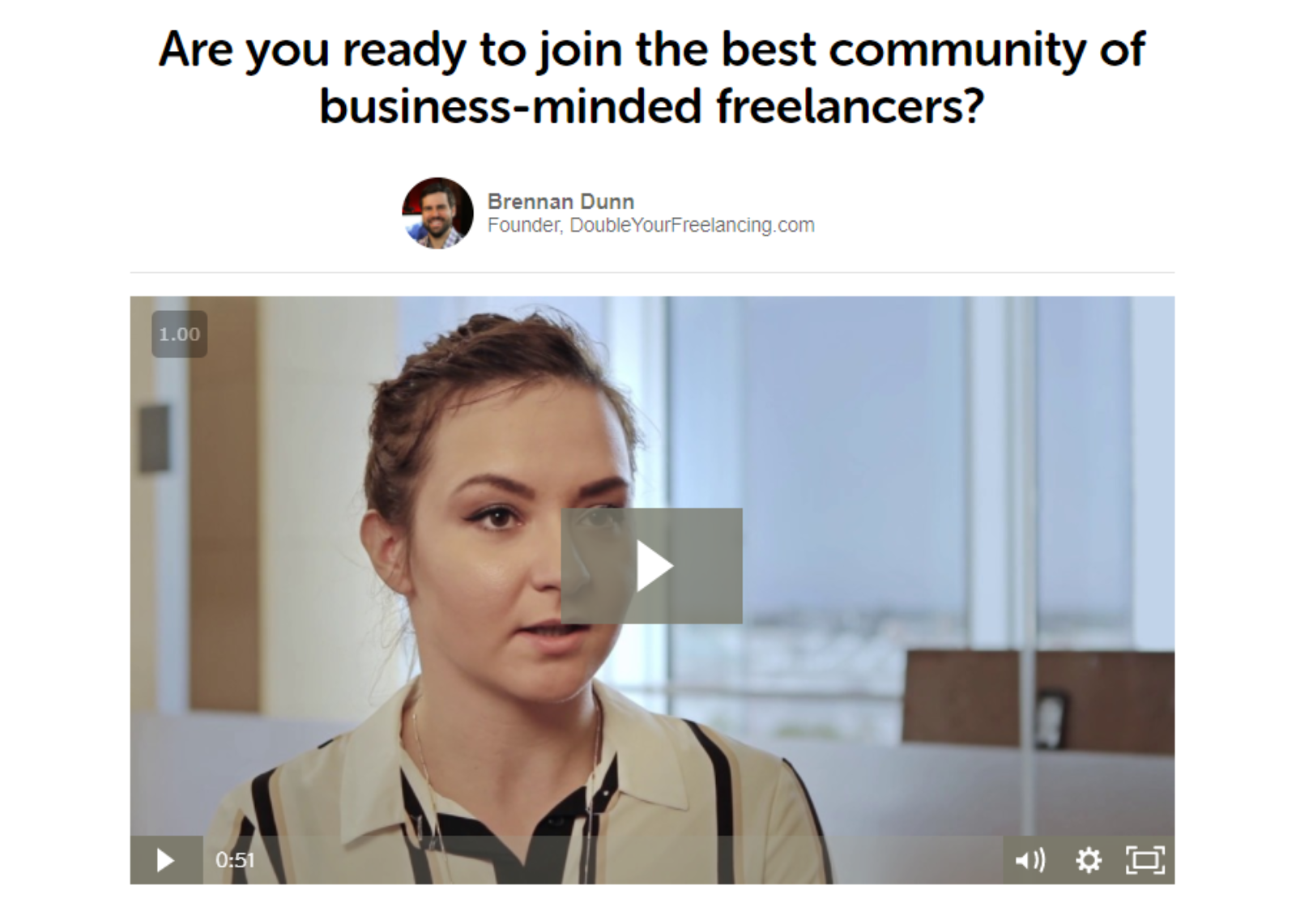
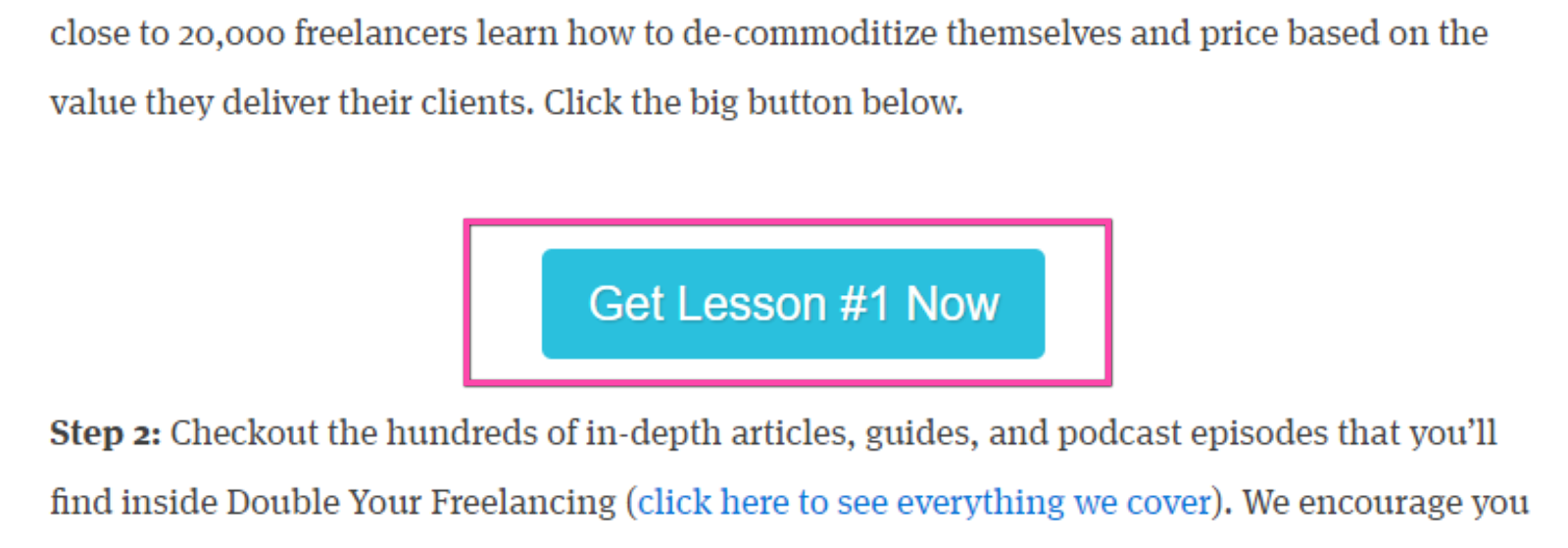
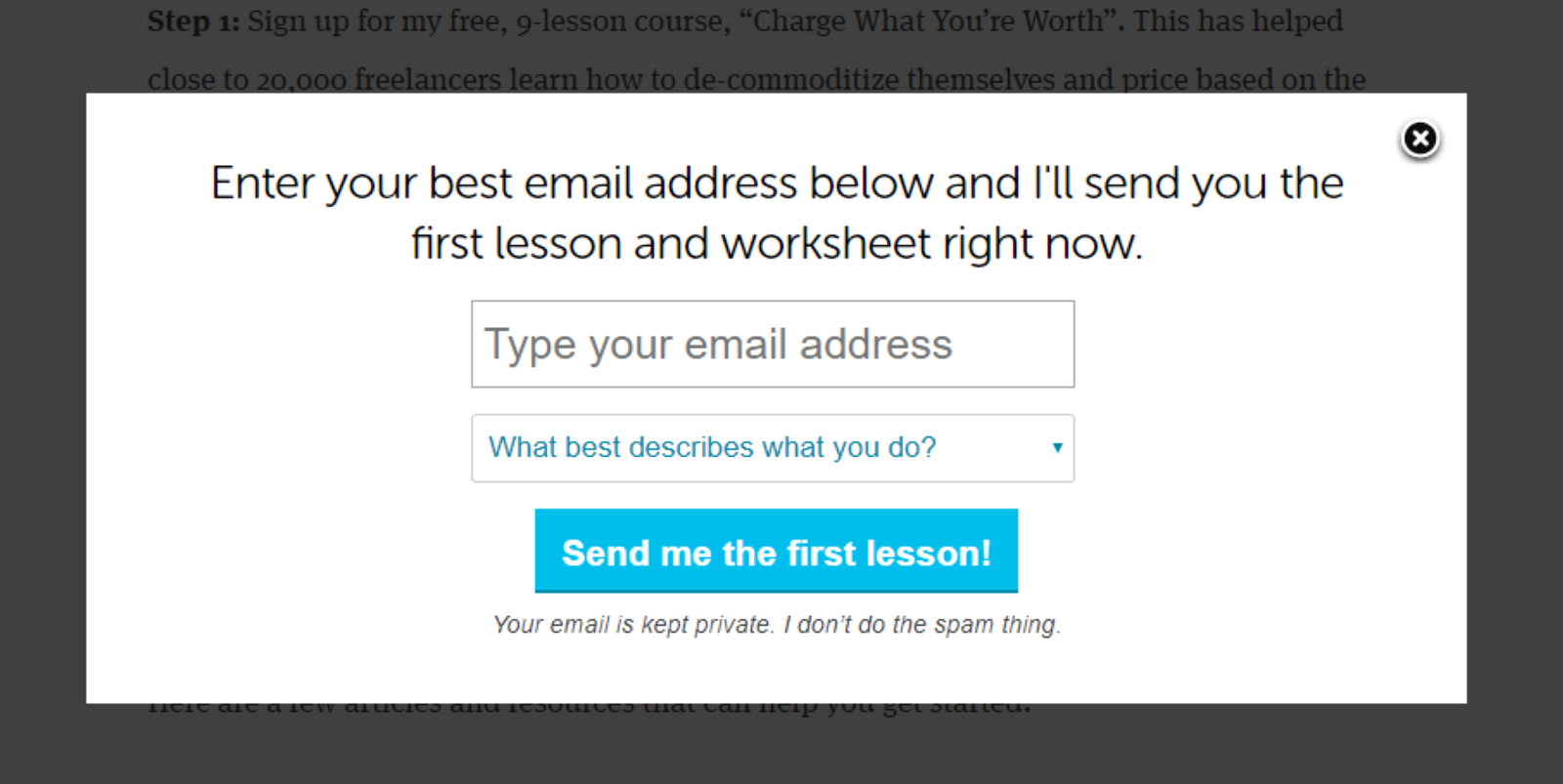

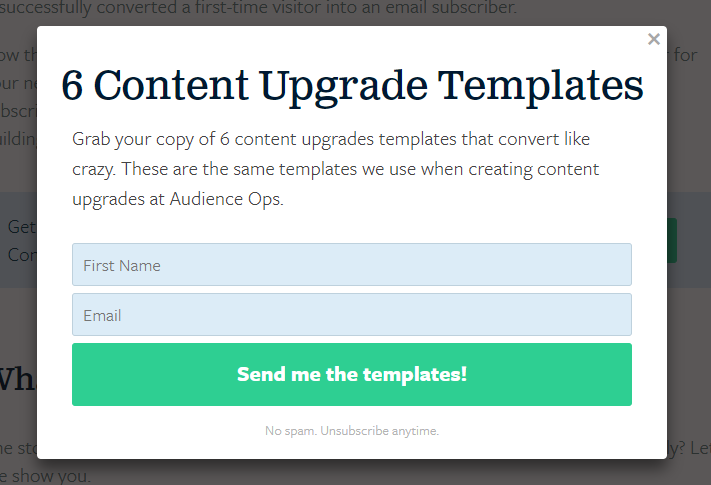


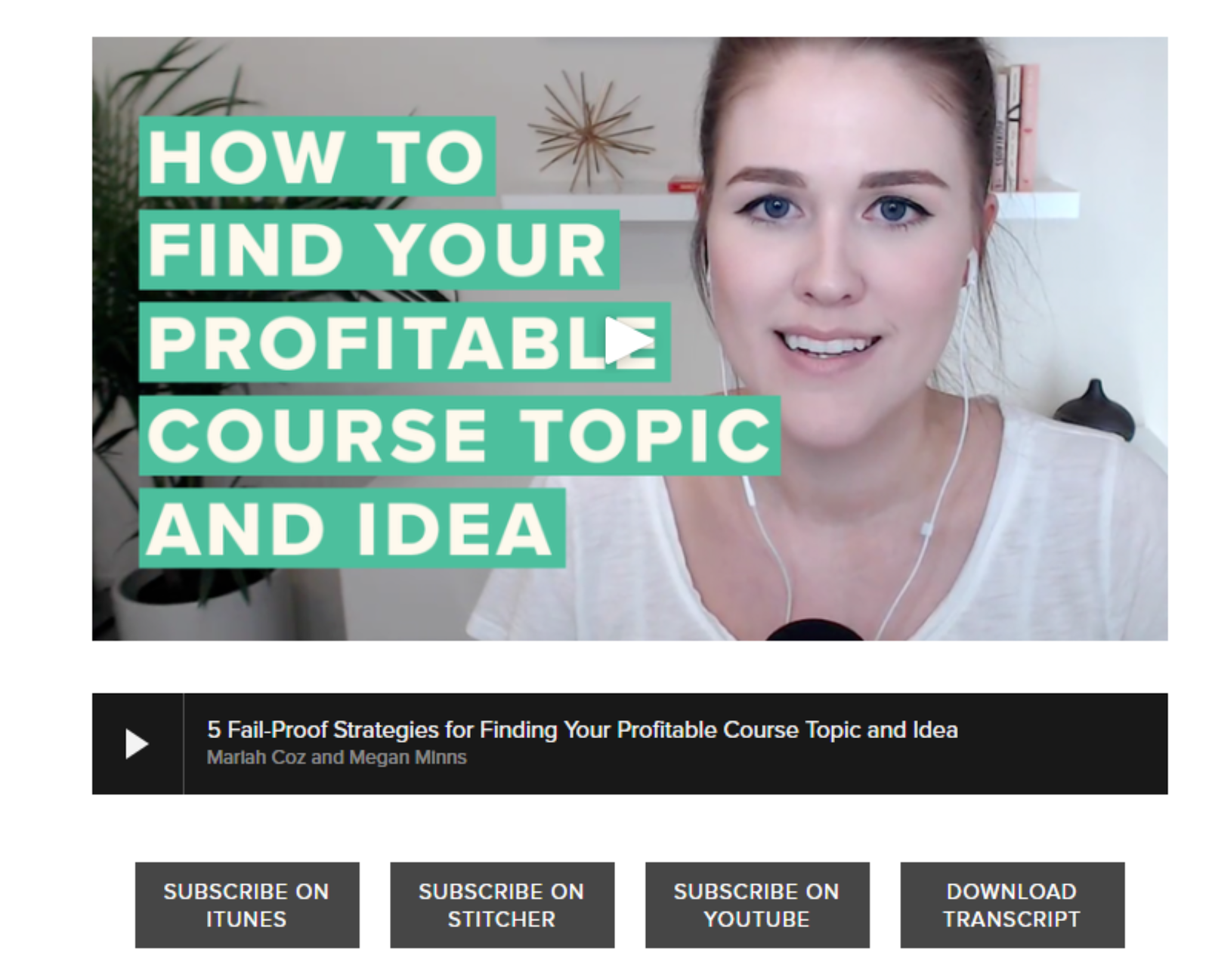
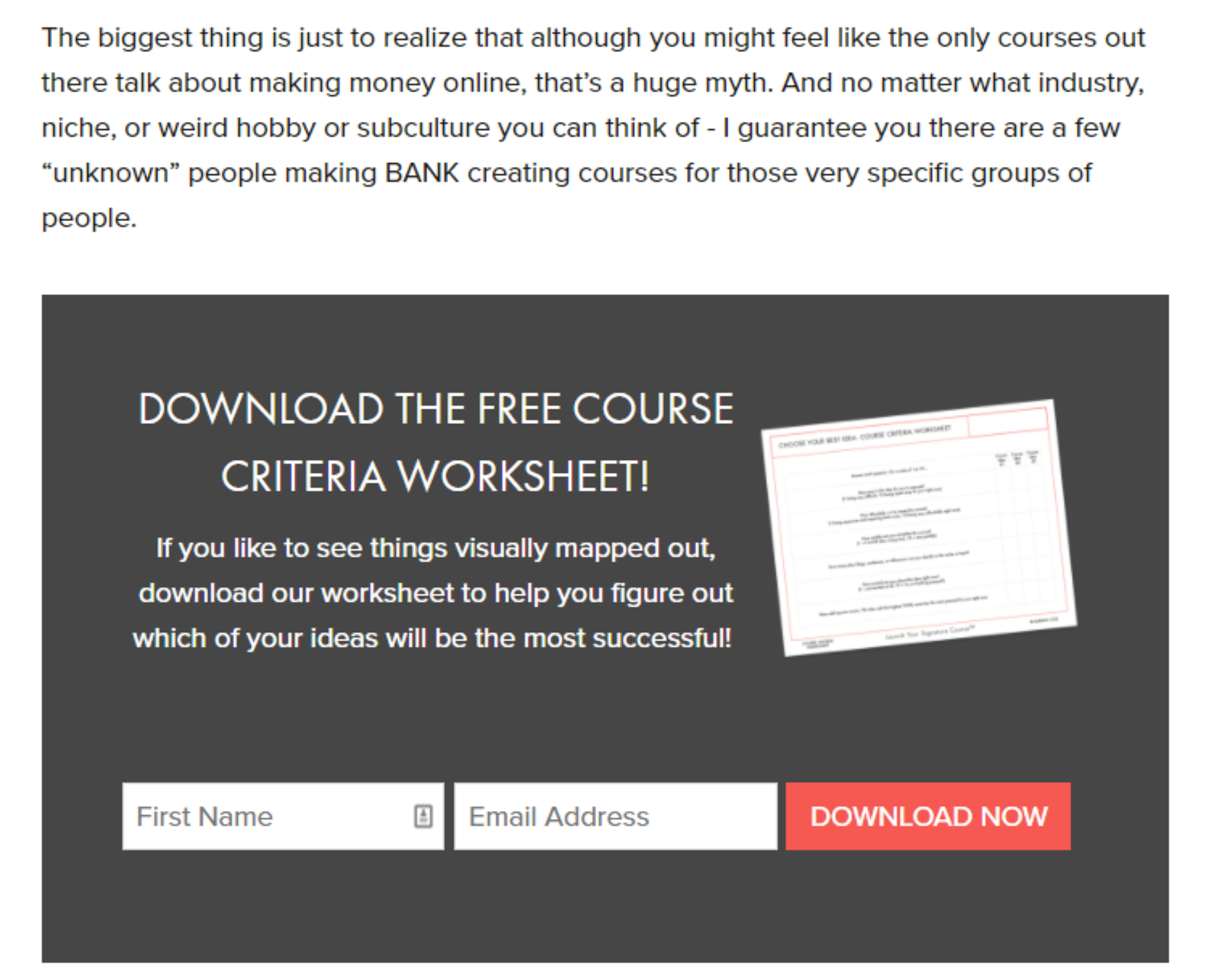
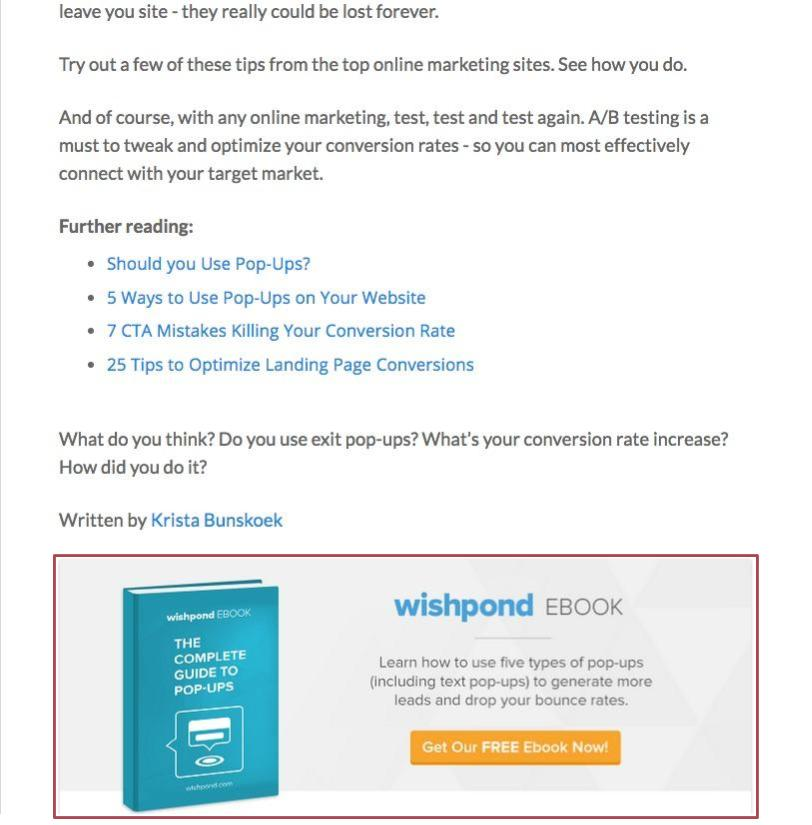

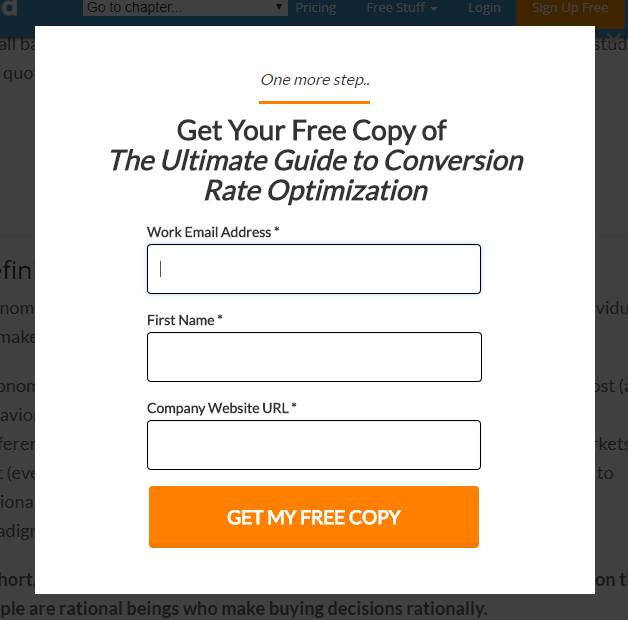



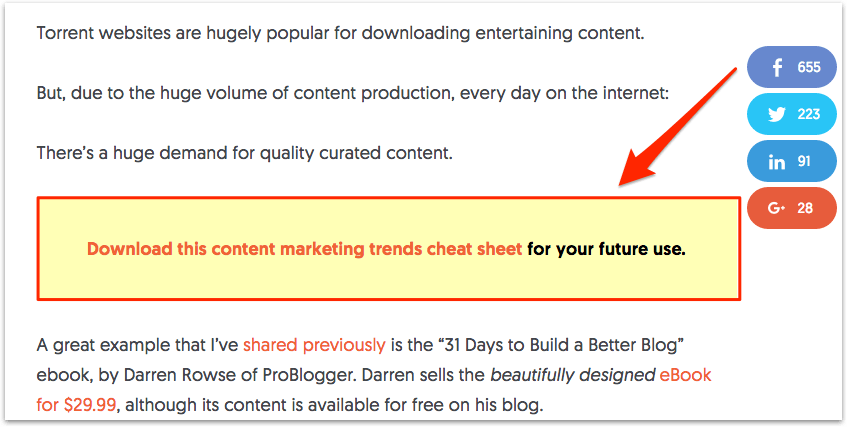

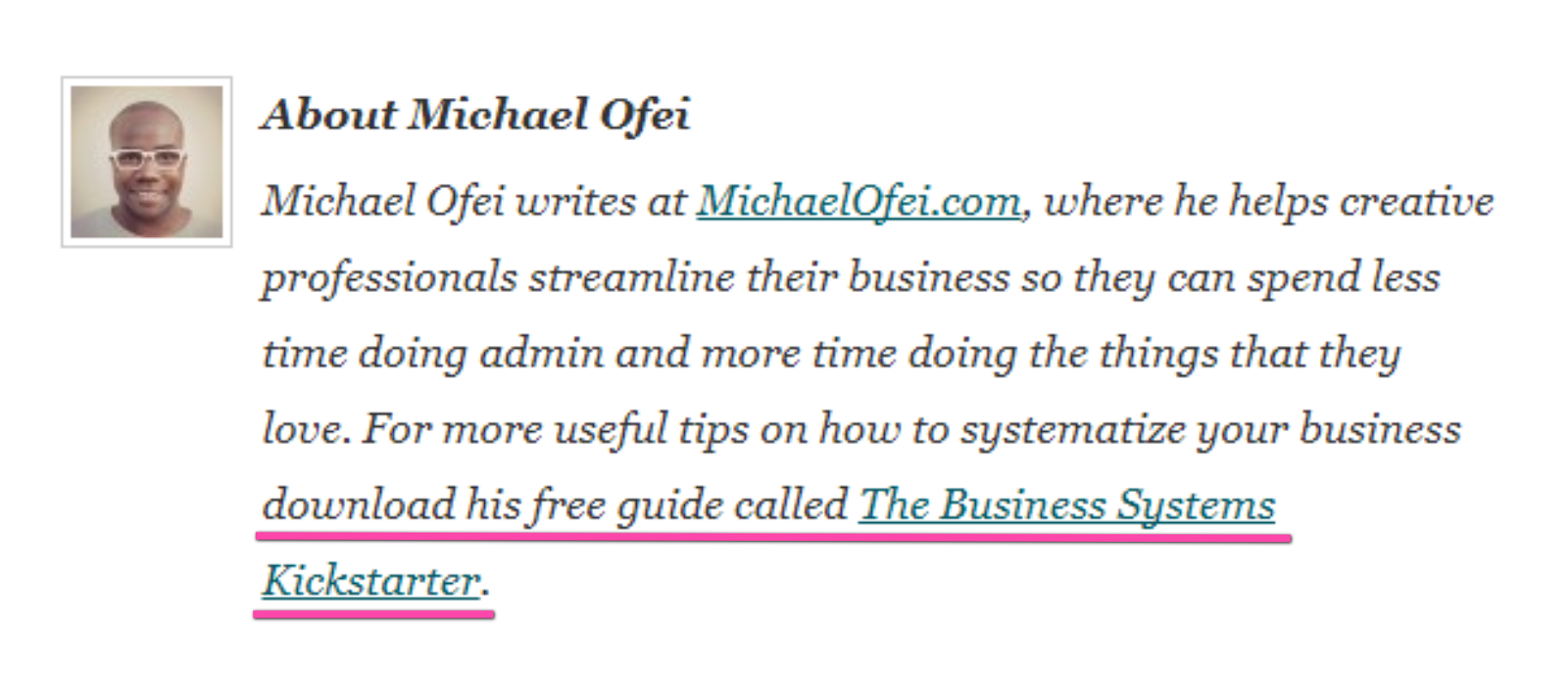
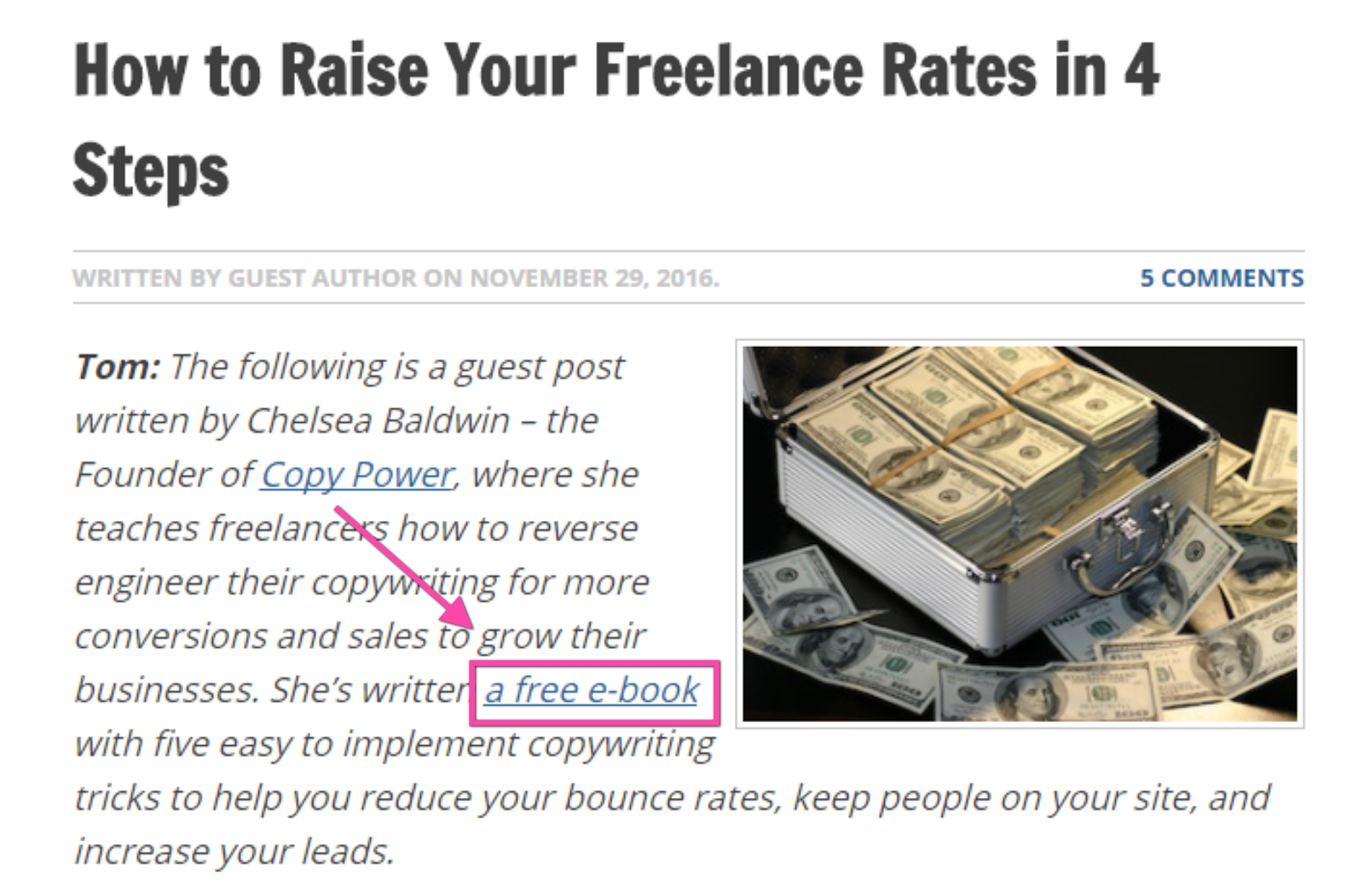
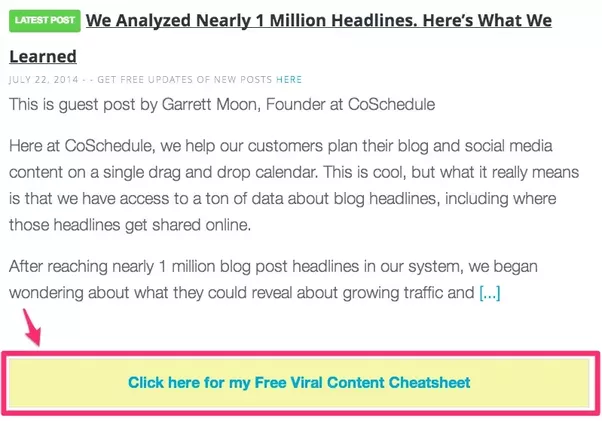
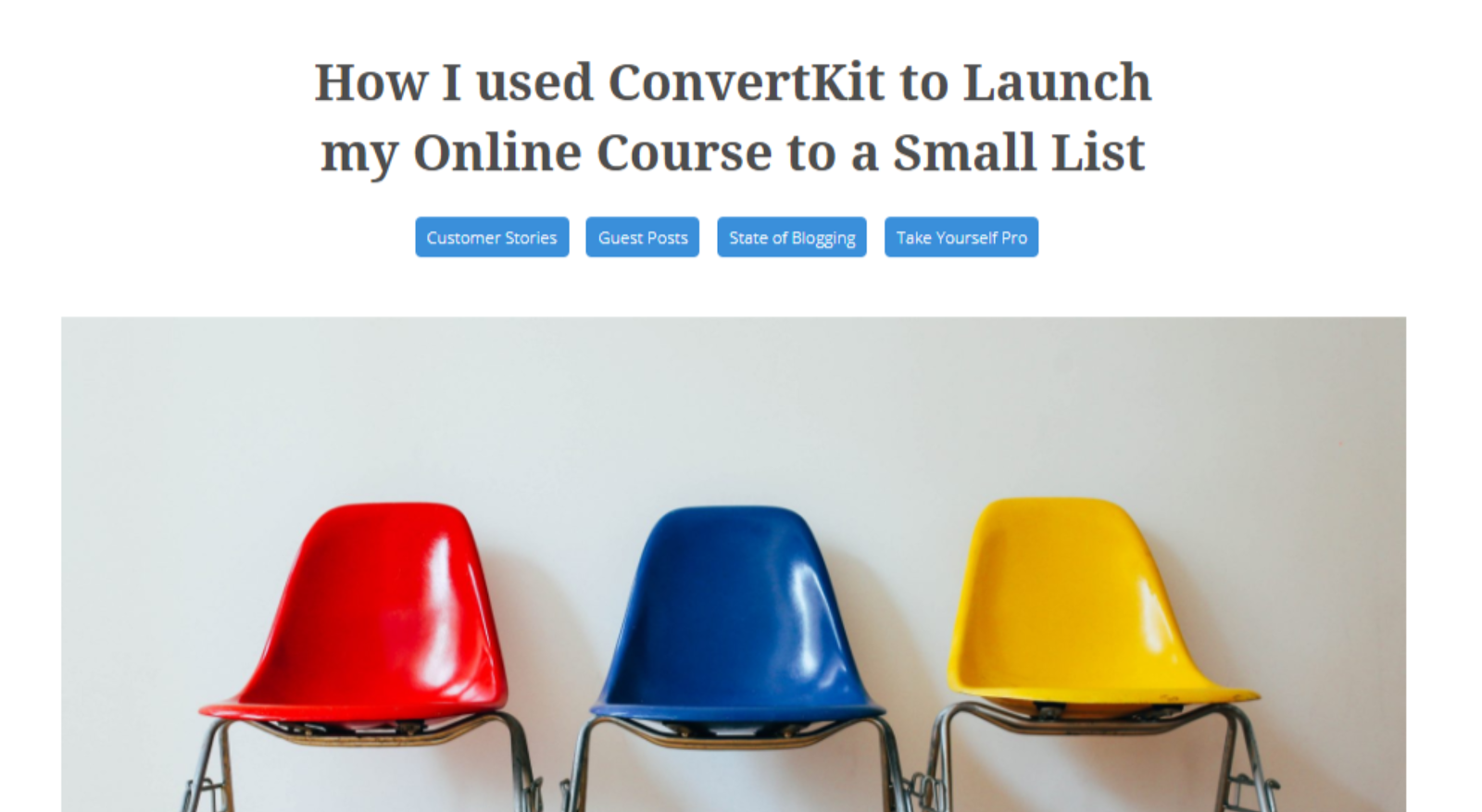
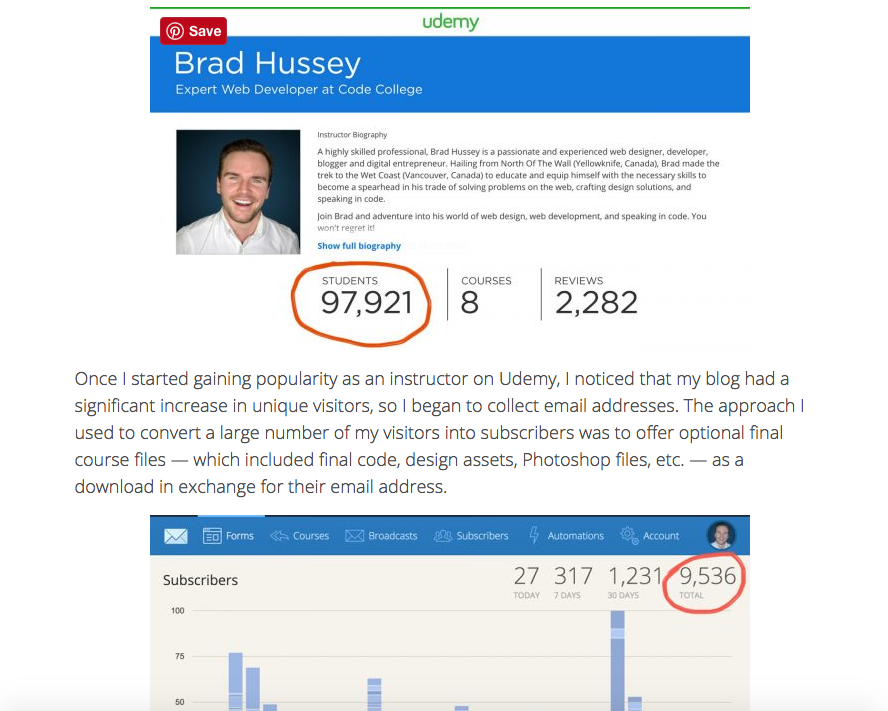

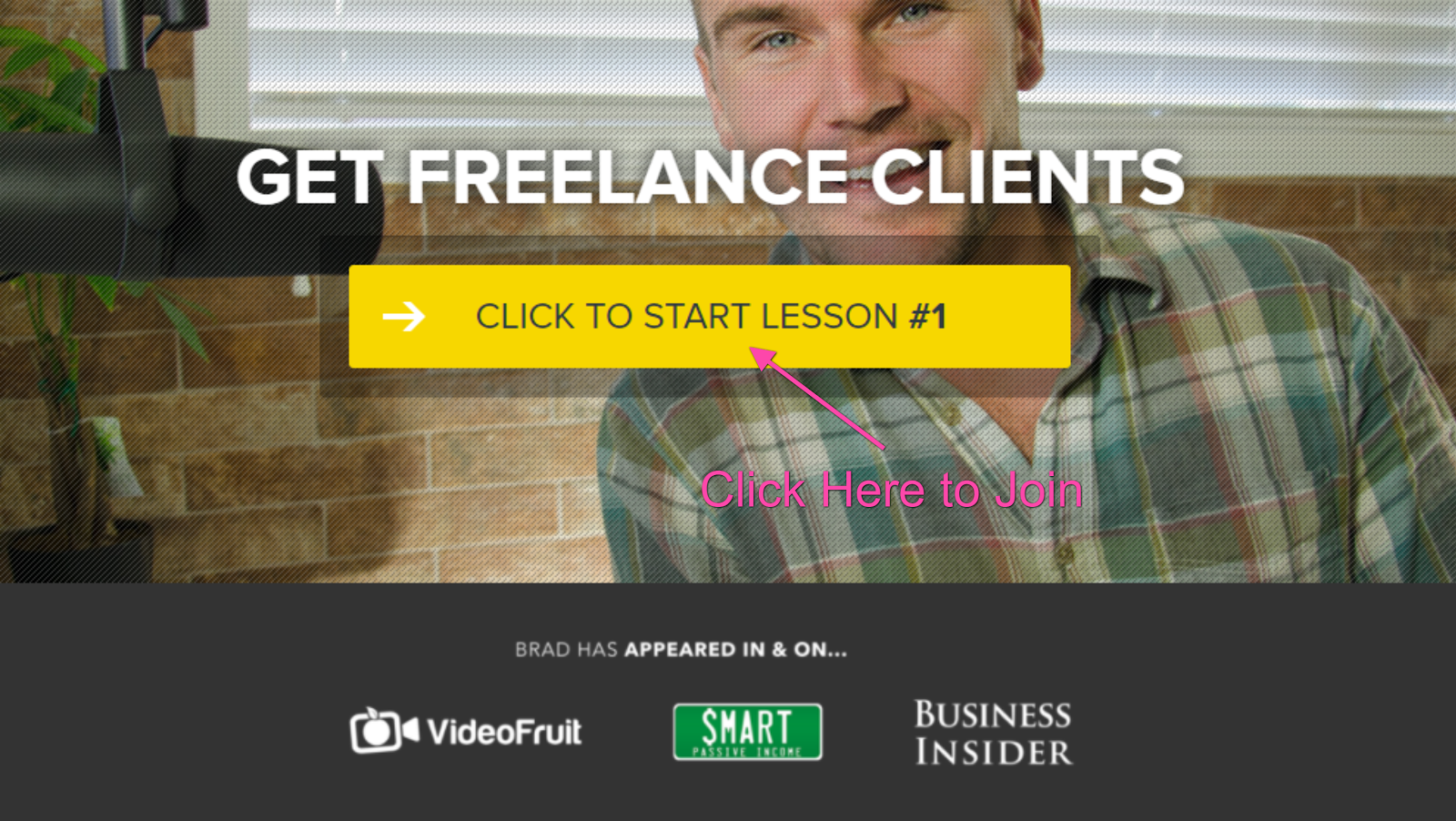
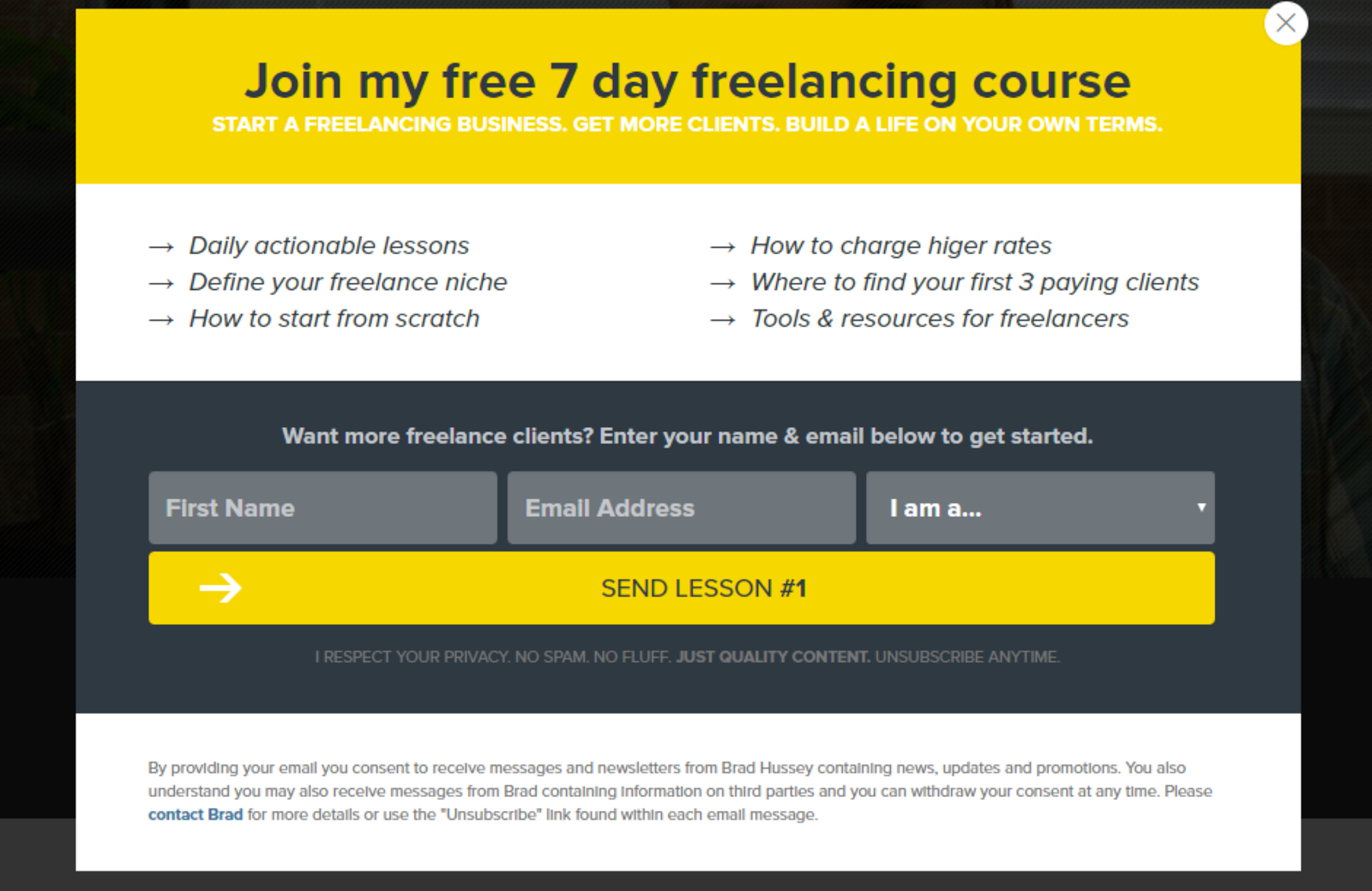
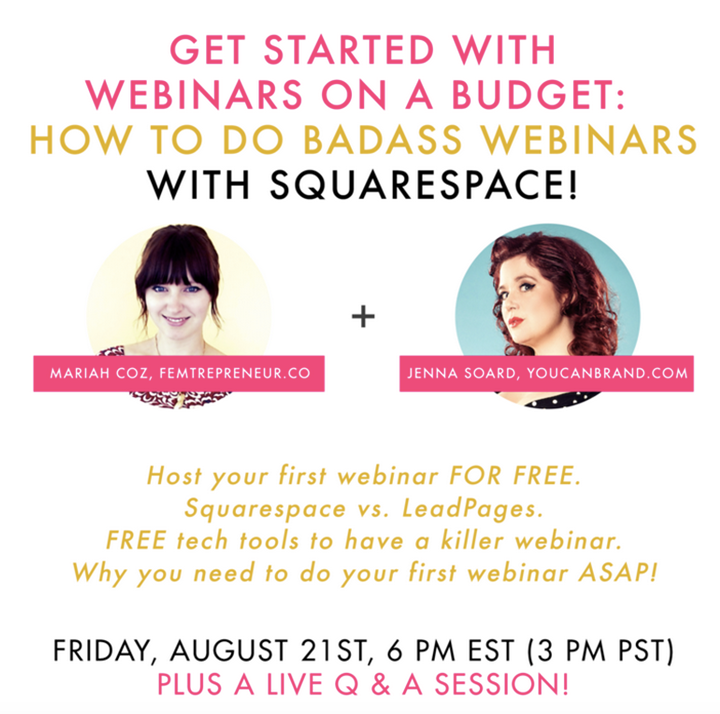
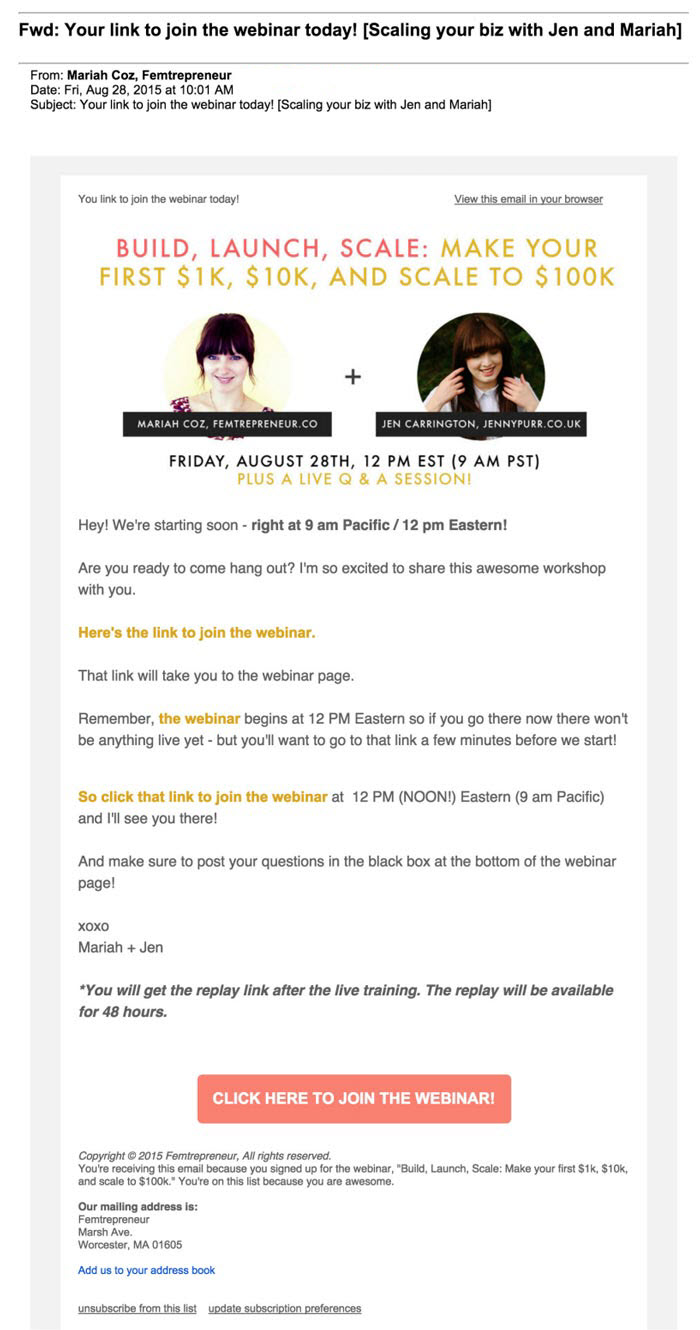
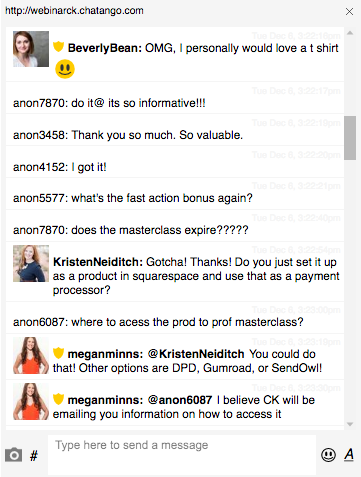
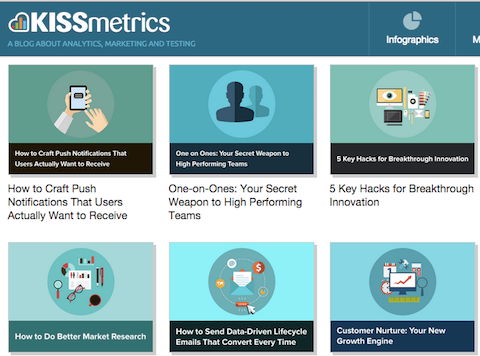
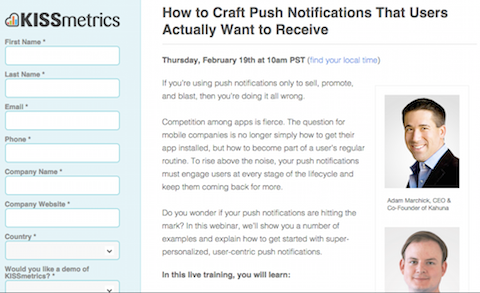
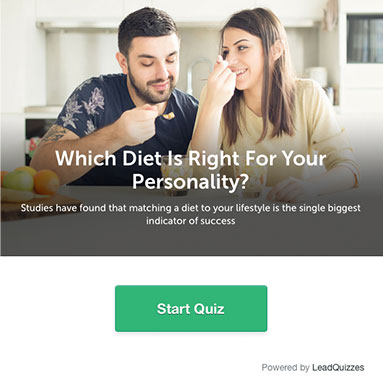
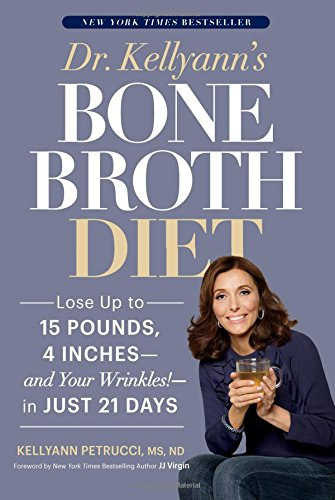
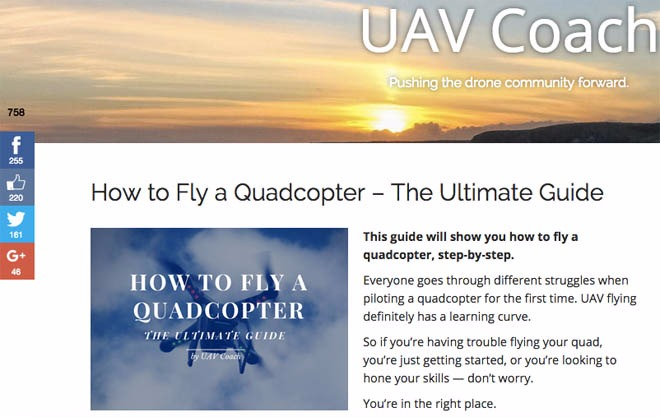
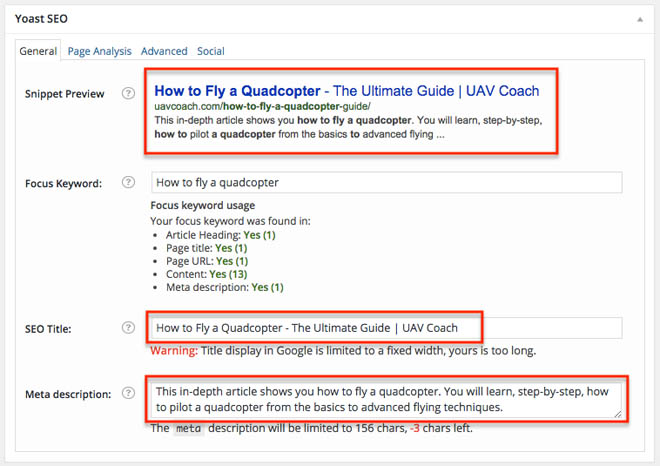
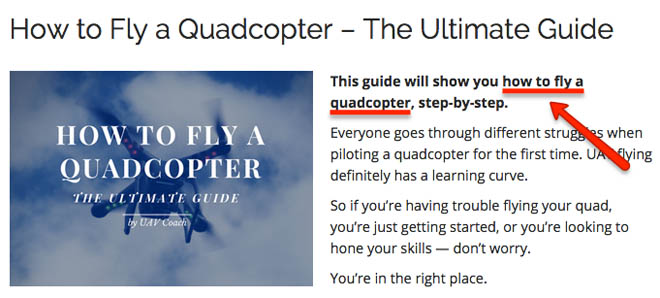
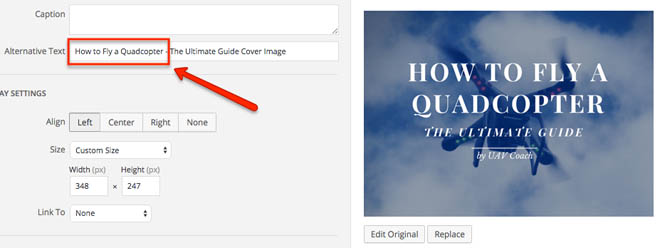
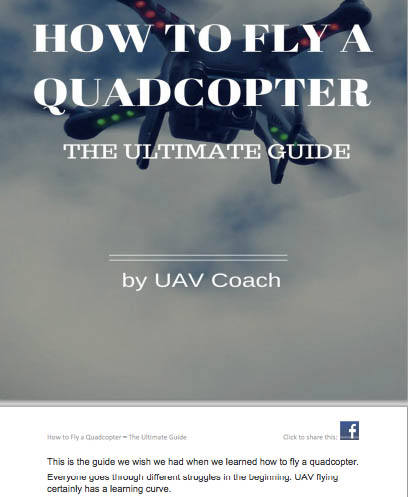
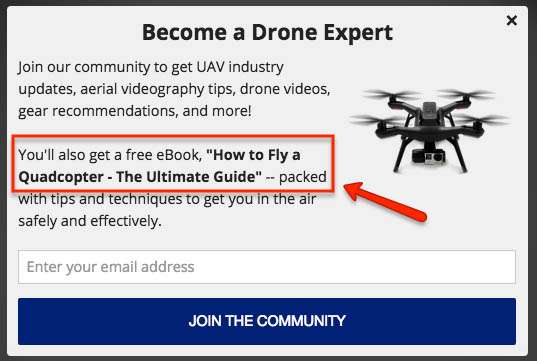
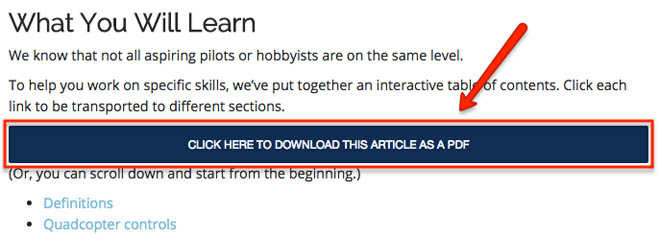
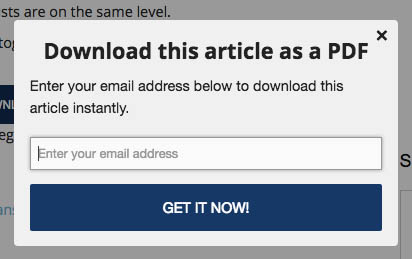
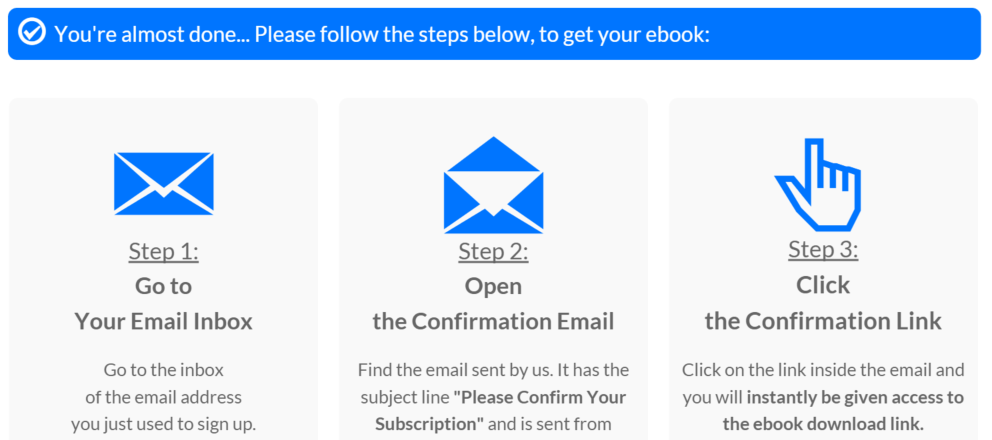
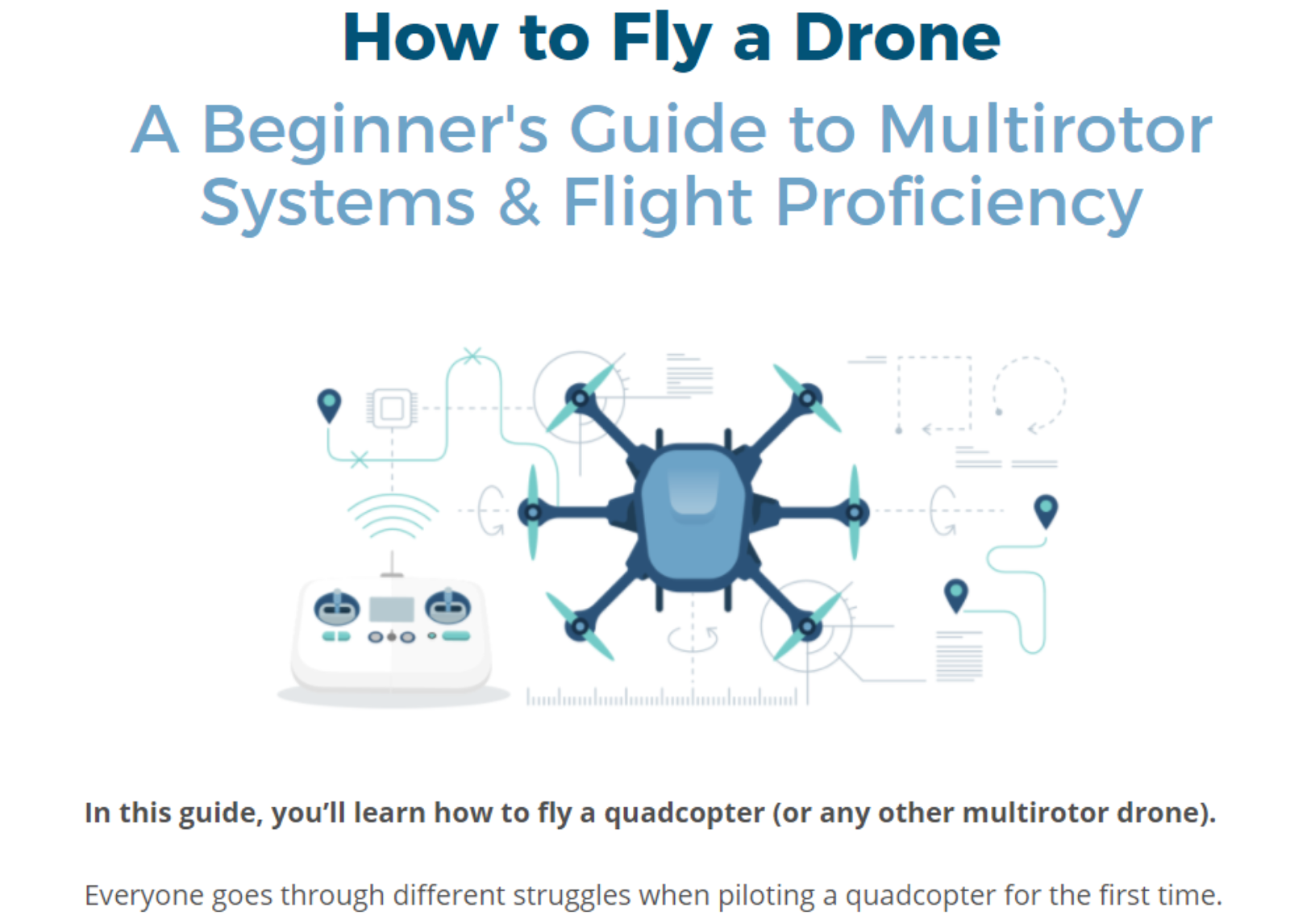
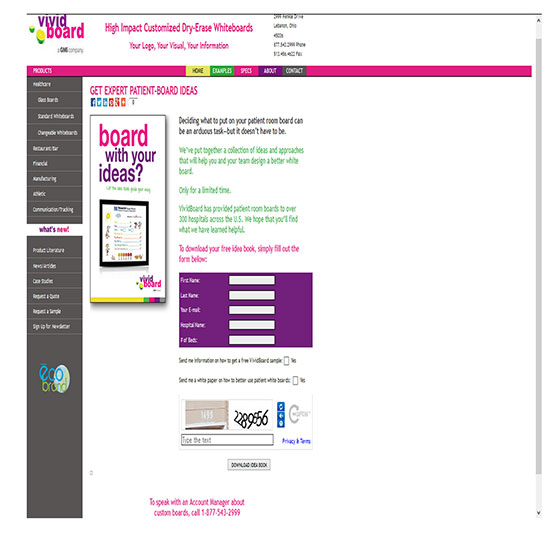
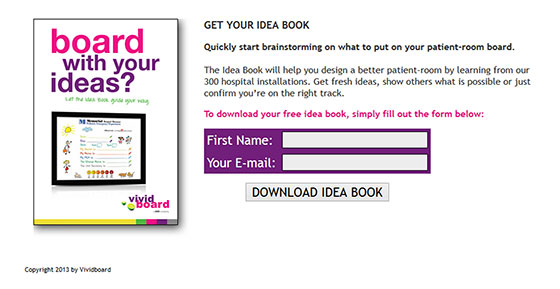

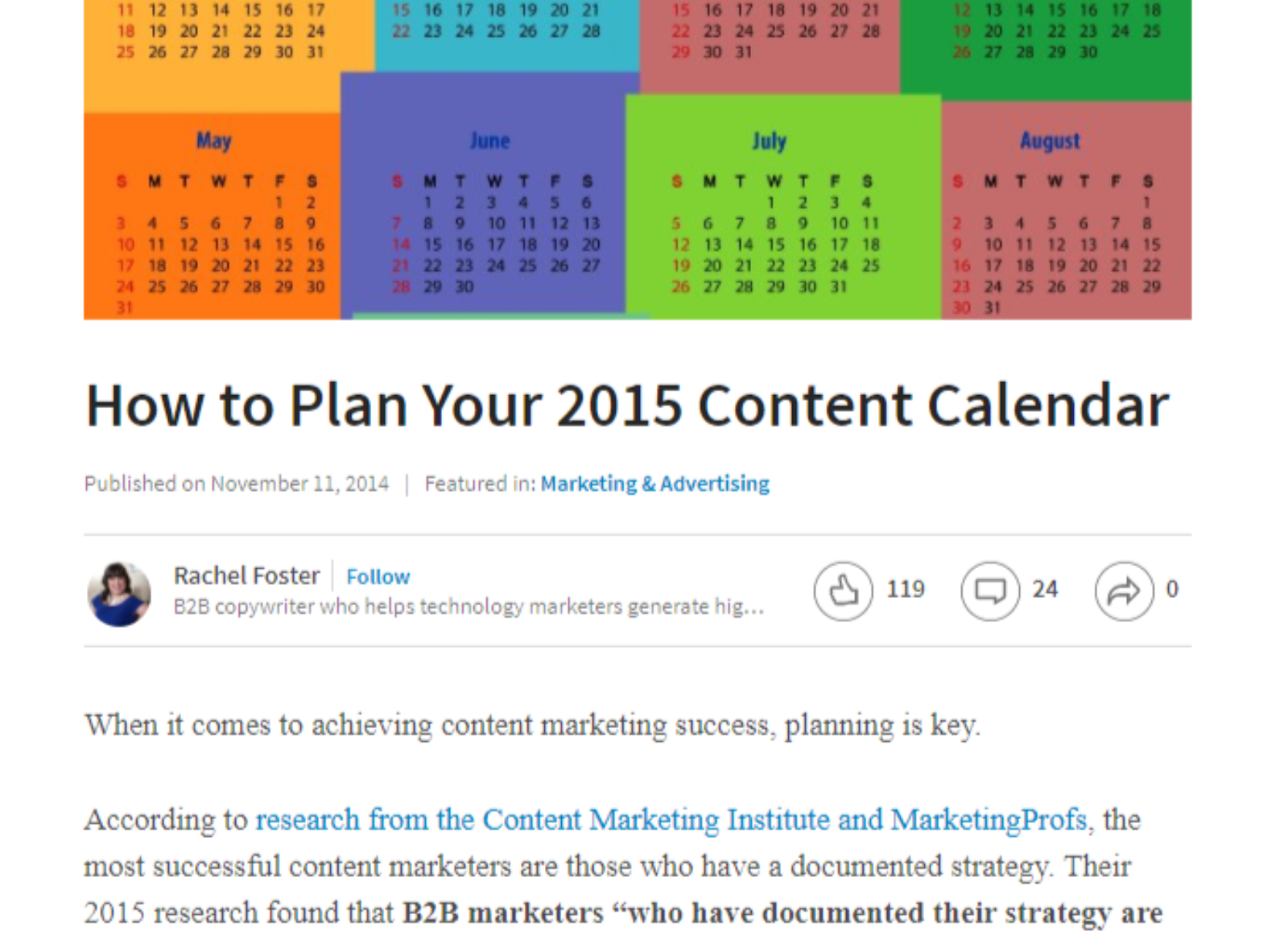

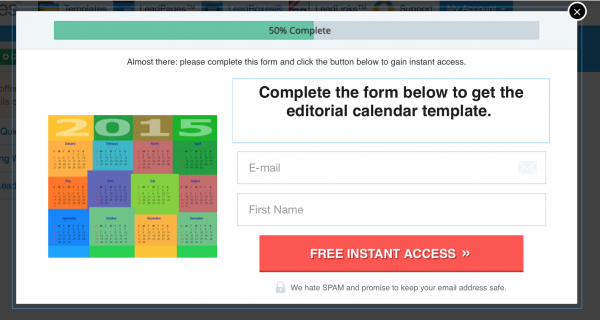
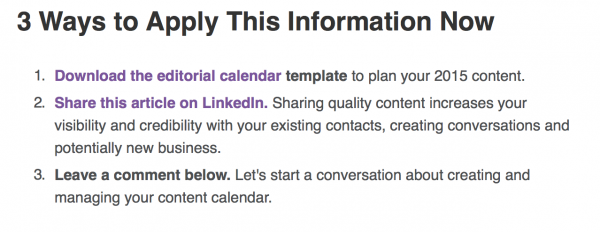
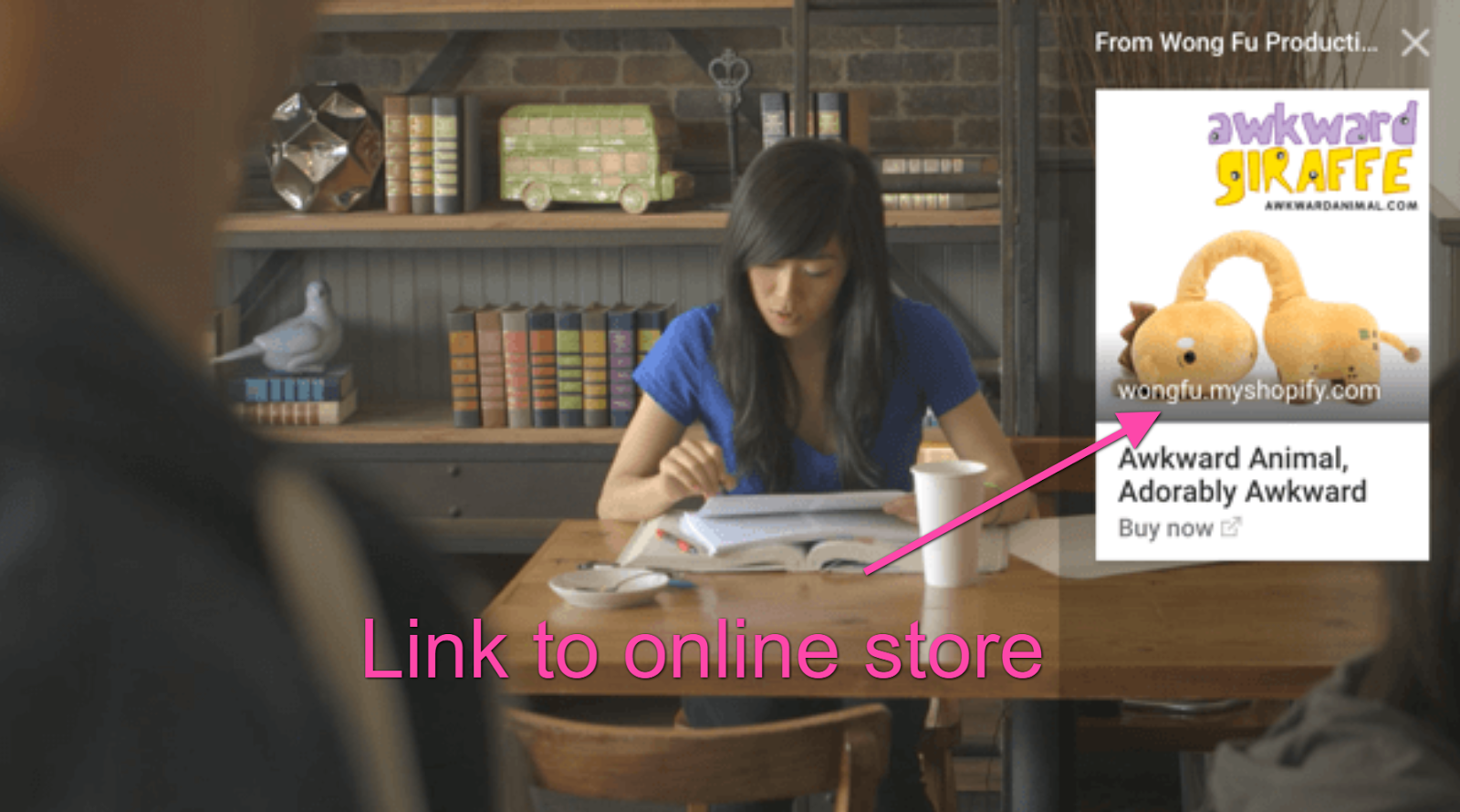
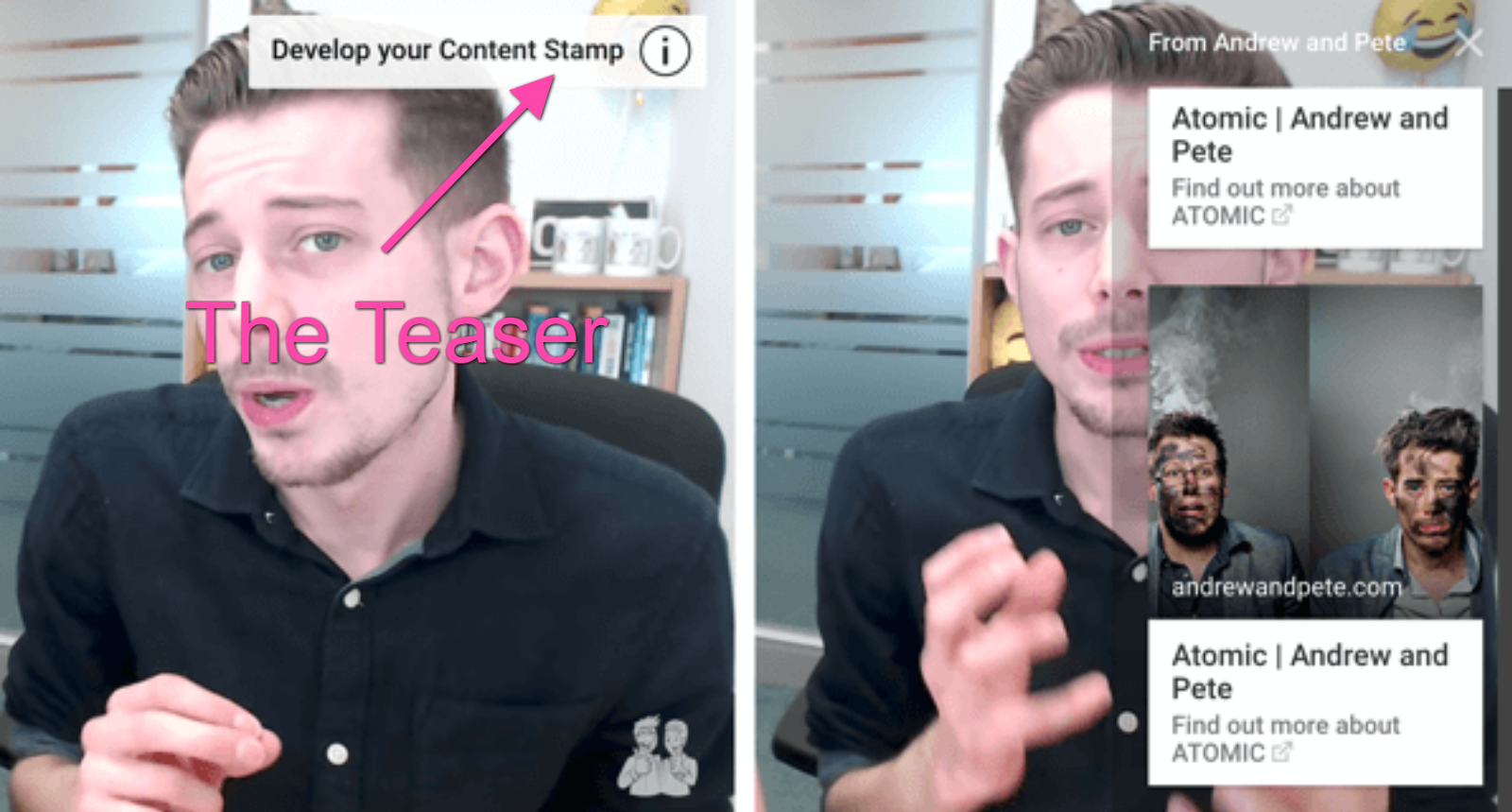
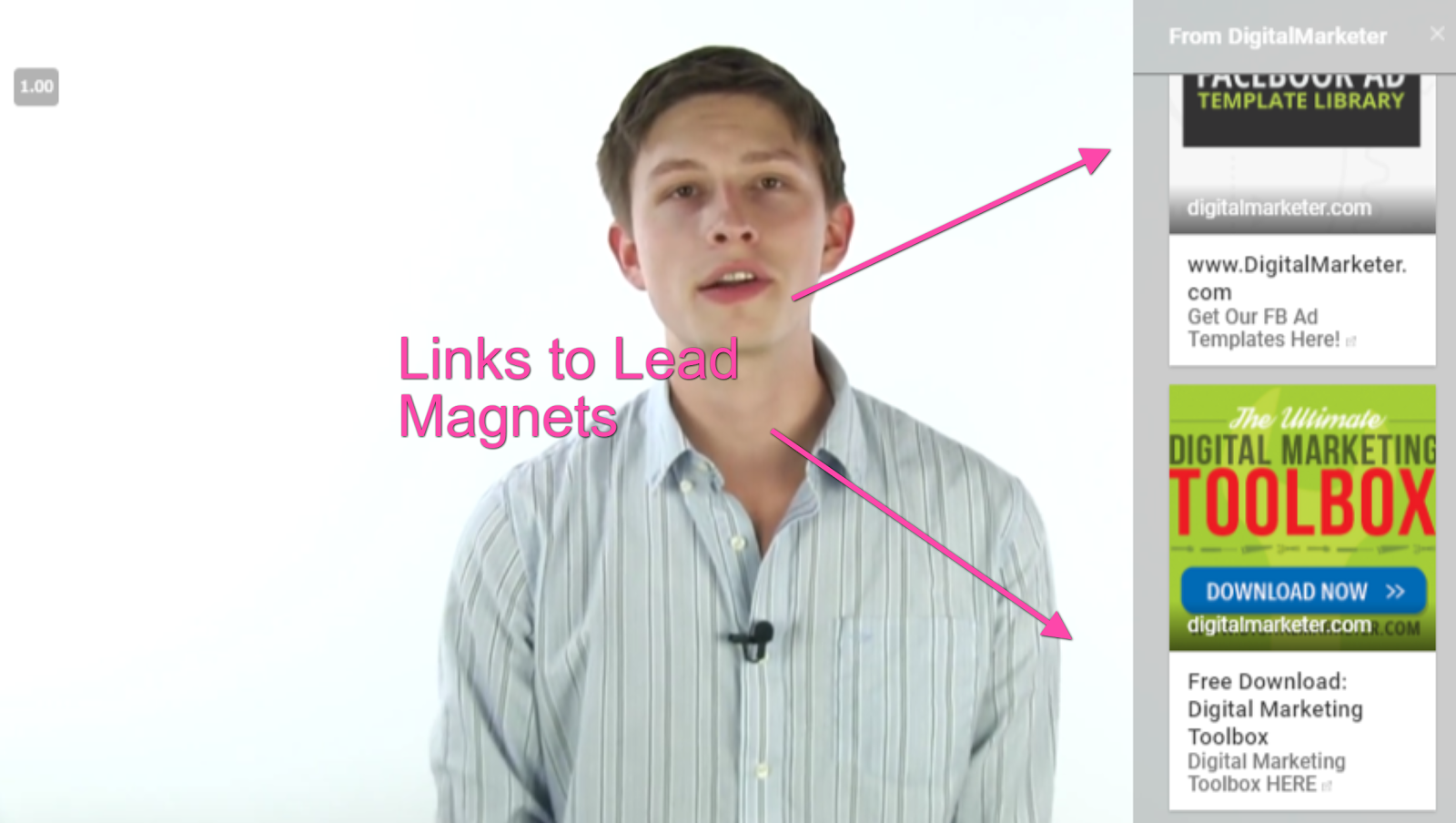
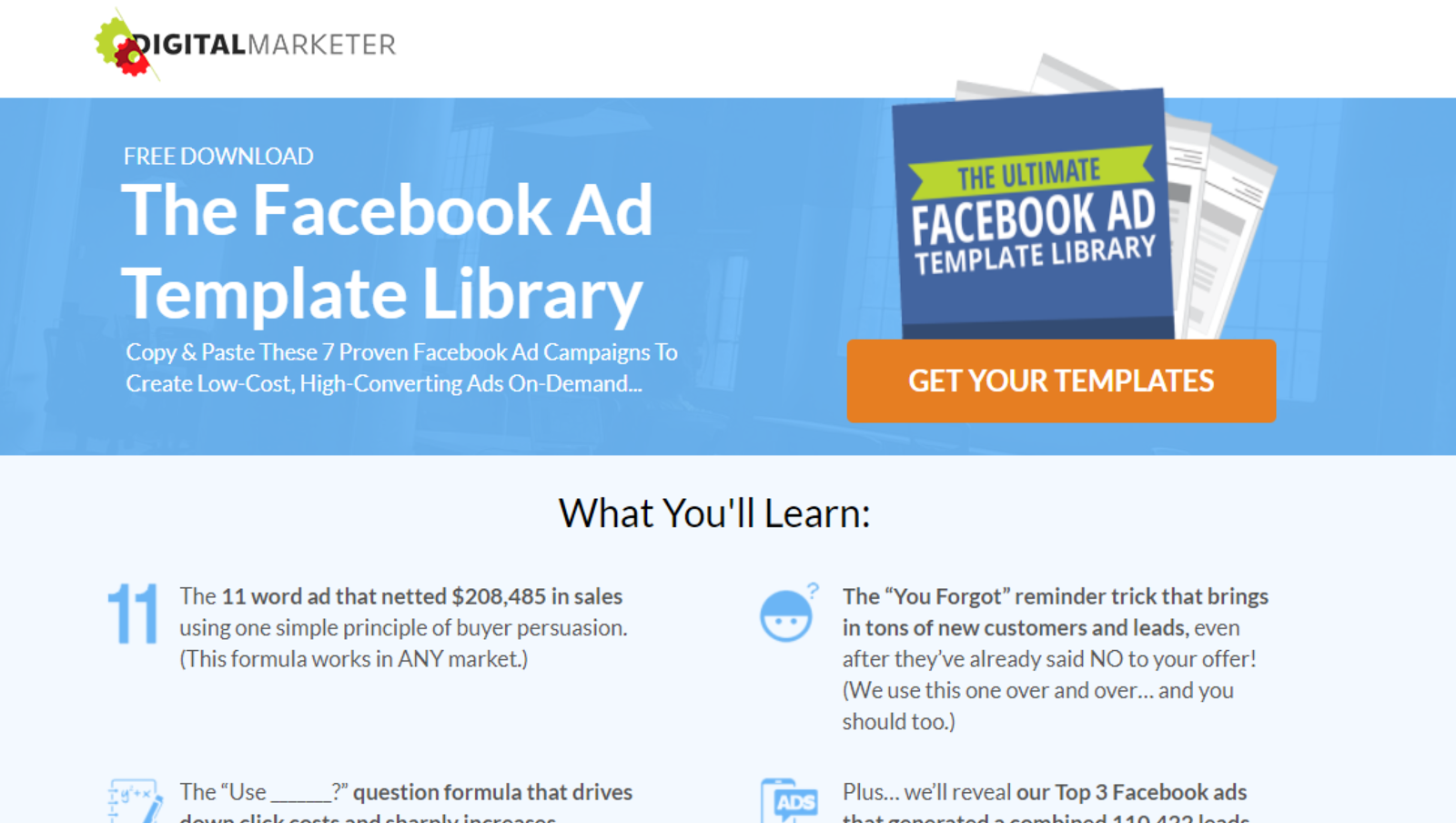

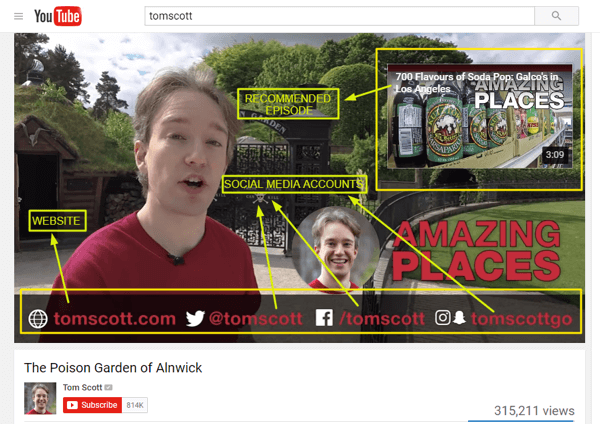
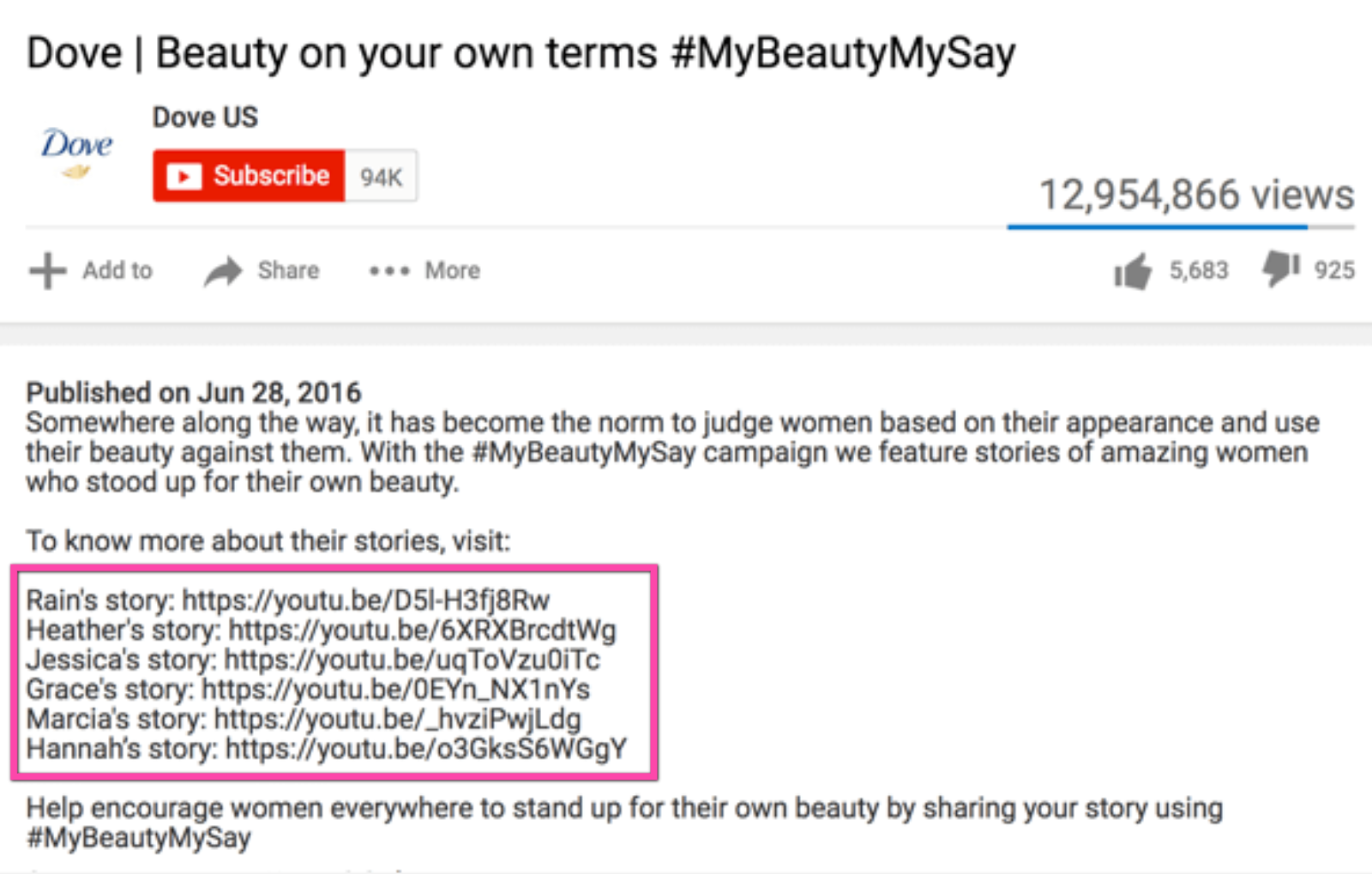
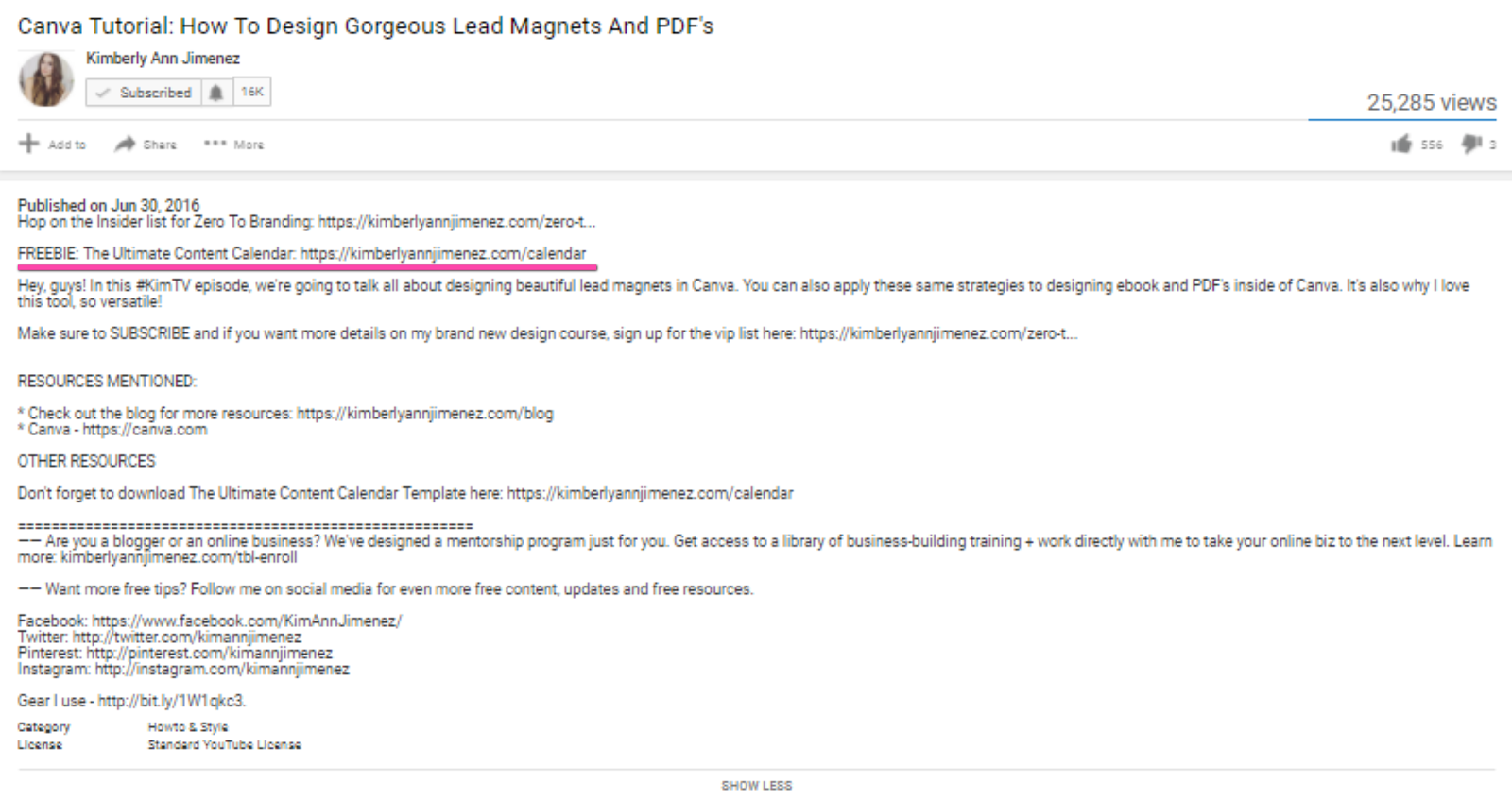


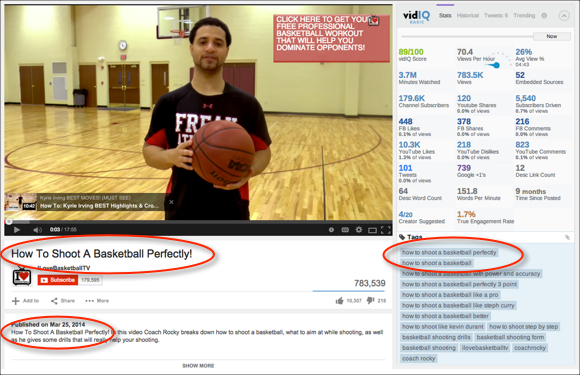
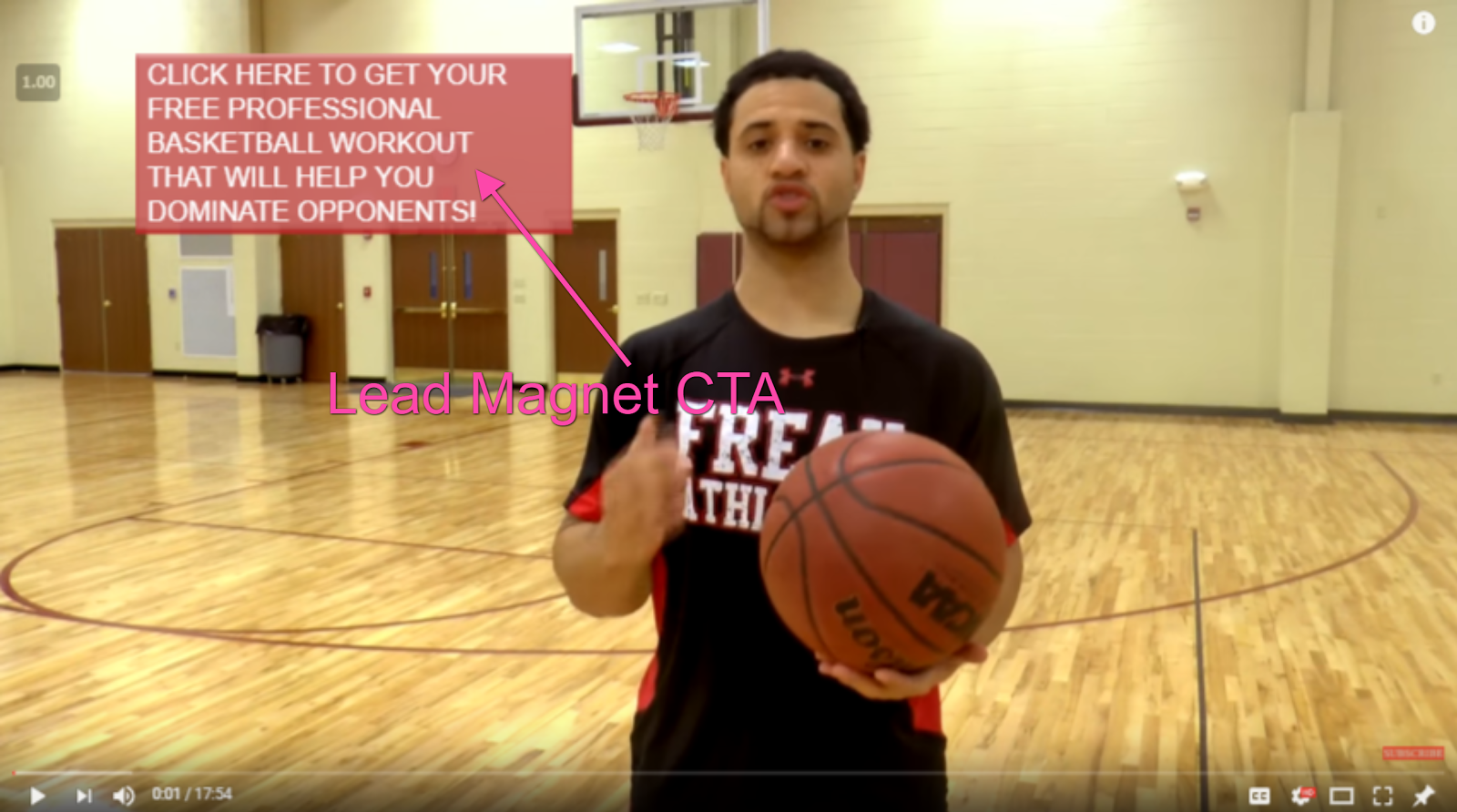
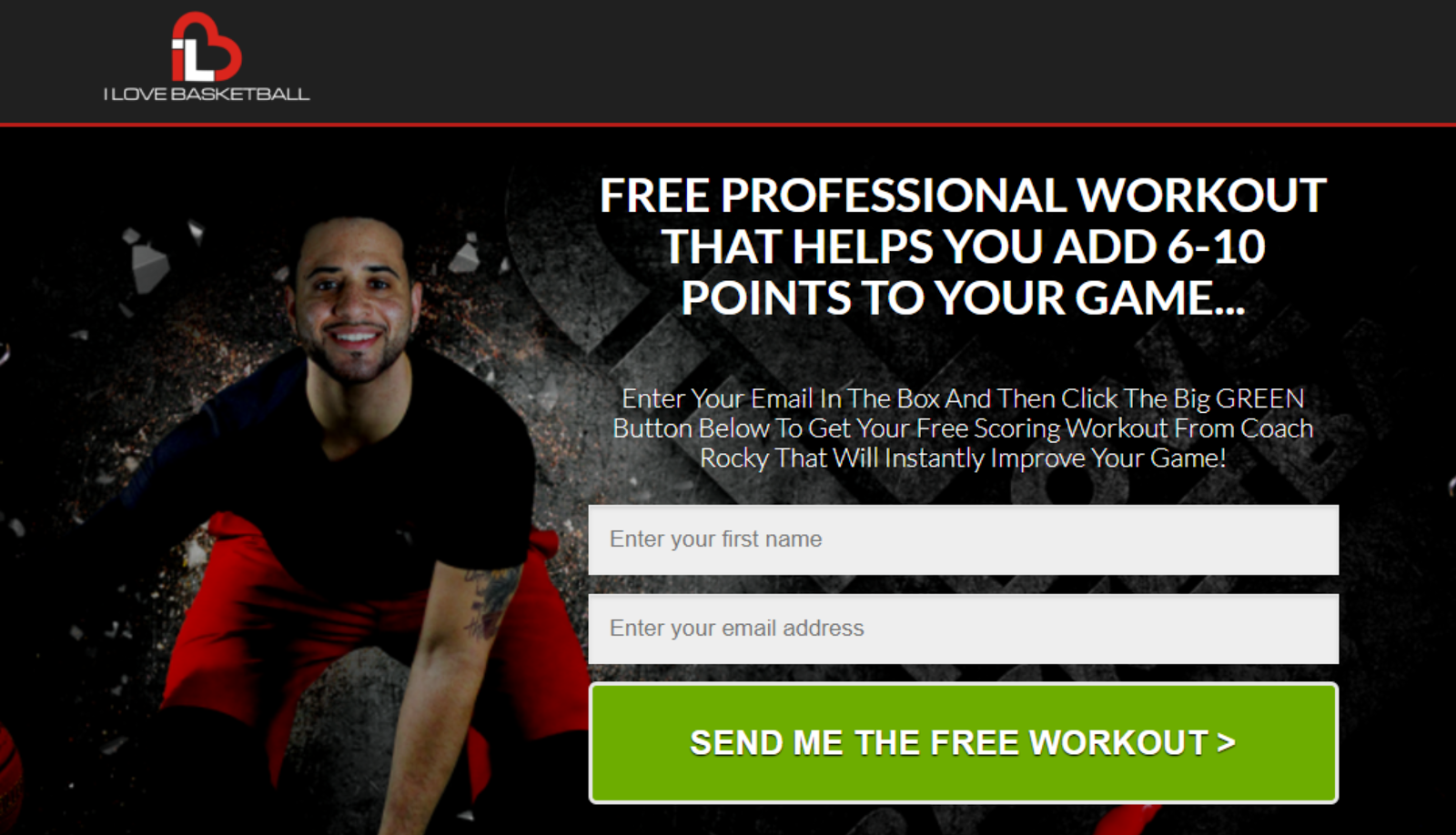
Comments (6)